When most people think of the bench press, they imagine the classic flat bench barbell press. It’s a time-tested movement, no doubt—but limiting your routine to just one variation is a missed opportunity. By exploring the full range of bench press variations, you can unlock new strength, correct imbalances, and spark renewed muscle growth in your chest, shoulders, and triceps.
Why Explore Different Bench Press Variations?
Different variations of the bench press target your muscles from new angles and recruit stabilizers that may be underused in traditional presses. This not only builds muscle more evenly but can also reduce your risk of injury and improve athletic performance.
For instance, some variations emphasize the upper chest, while others isolate the triceps more effectively. By rotating through these exercises, you create a more comprehensive training stimulus that keeps your body adapting and progressing.
Top Bench Press Variations to Add to Your Program
Here are some of the most effective bench variation options to build a complete upper body:
1. Incline Barbell Bench Press
This targets the upper chest and front deltoids. It's great for those who feel their lower chest dominates the flat bench.
2. Close-Grip Bench Press
A powerhouse for triceps development, this variation also helps lifters with a sticking point in the middle of their press.
3. Dumbbell Bench Press
Allows for a greater range of motion and recruits stabilizing muscles. It’s also joint-friendly compared to heavy barbell pressing.
4. Spoto Press
Named after powerlifter Eric Spoto, this involves pausing just above the chest. It builds control, stability, and explosive power off the chest.
5. Floor Press
Great for reducing shoulder strain while emphasizing the lockout portion of the lift. A smart option during shoulder recovery phases.
6. Reverse-Grip Bench Press
While unconventional, it activates the upper chest to a surprising degree and can be a useful substitute when shoulder pain flares up.
7. Paused Bench Press
A competition staple. Pausing on the chest eliminates momentum, forcing pure strength and control.
Personal Insight: How Variation Changed My Training
Years ago, I hit a frustrating plateau with my bench press. I was training hard, eating right—but the numbers wouldn’t budge. A coach suggested I rotate through different bench press variations every few weeks. I added close-grip presses, dumbbell work, and paused reps into my cycle. The change was immediate: not just in strength gains, but in how my shoulders and elbows felt. Over time, I became a more well-rounded lifter, with fewer injuries and a chest that finally looked as strong as it felt.
How to Incorporate Variations Into Your Program
-
Rotate weekly: Swap your main bench movement every 3–4 weeks.
-
Accessory focus: Use 1–2 variations after your main lift to target weak points.
-
Listen to your body: If a variation feels uncomfortable or causes pain, pivot to one that suits your mechanics better.
Final Thoughts
Embracing a variety of bench press variations is one of the smartest moves you can make—whether you're chasing aesthetics, strength, or injury resilience. Each bench variation brings a unique benefit to the table. Rather than chasing the heaviest possible press on one lift, build a toolbox of movements that support long-term progress and balanced development.
Train smart, press hard, and let variation be your secret weapon in the gym.

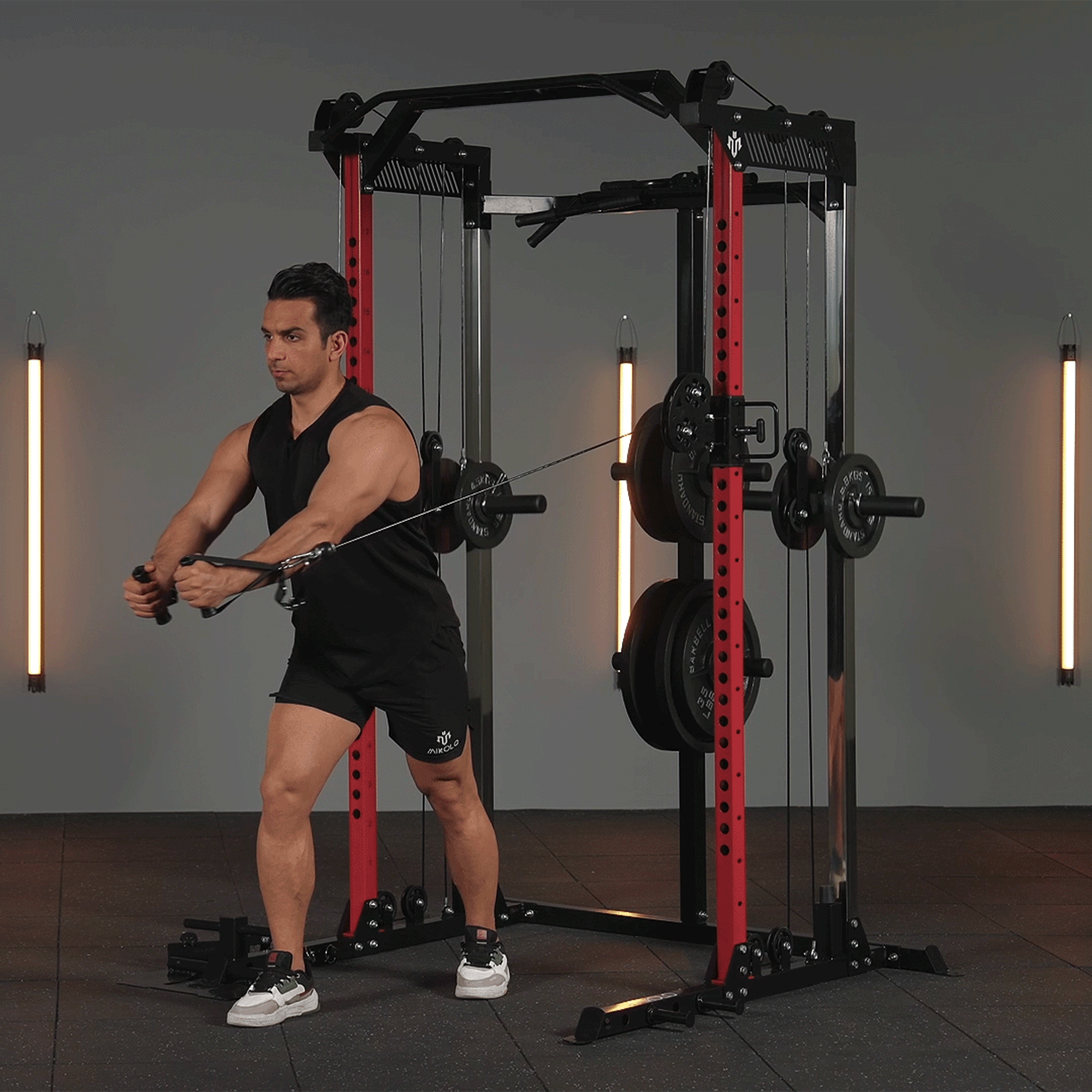
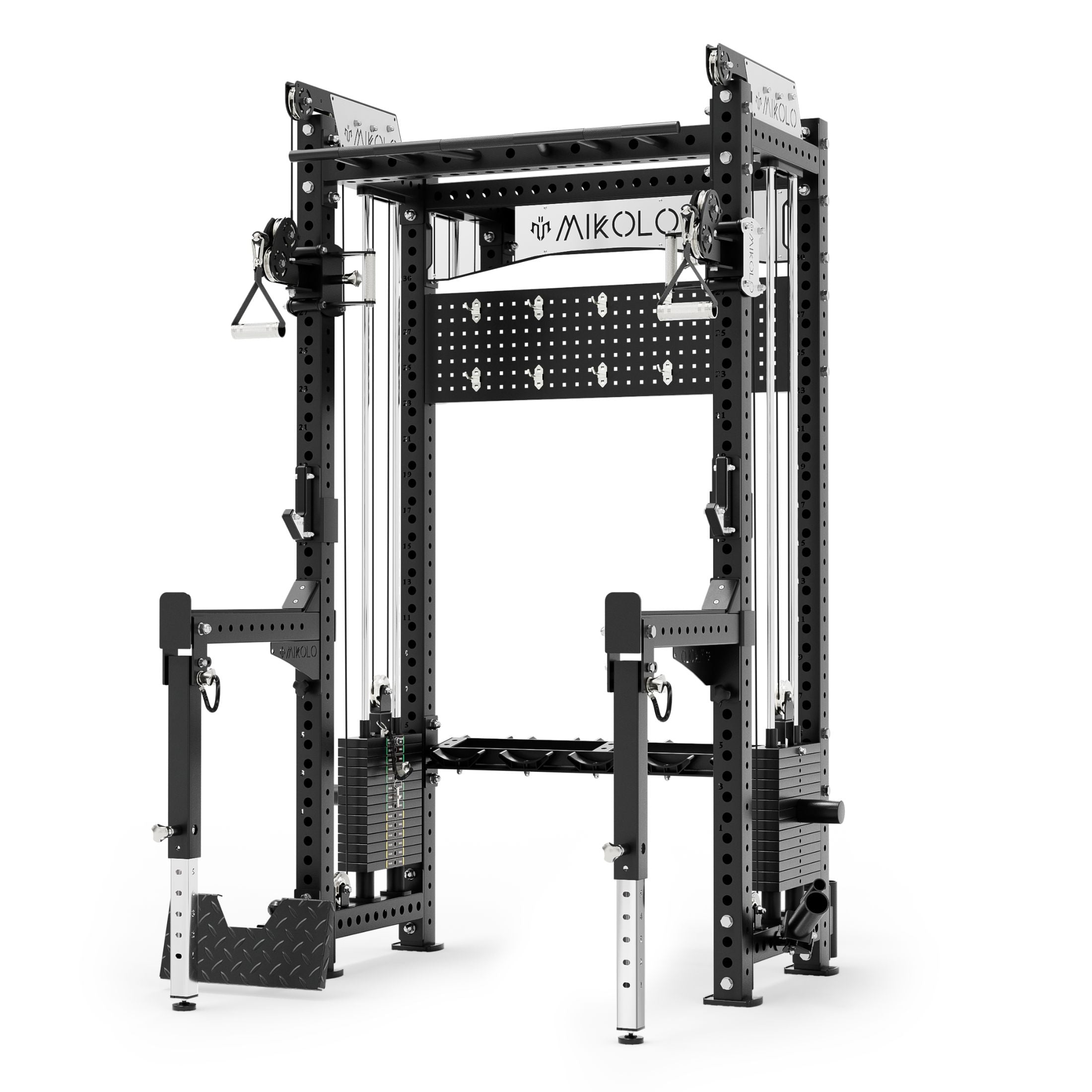
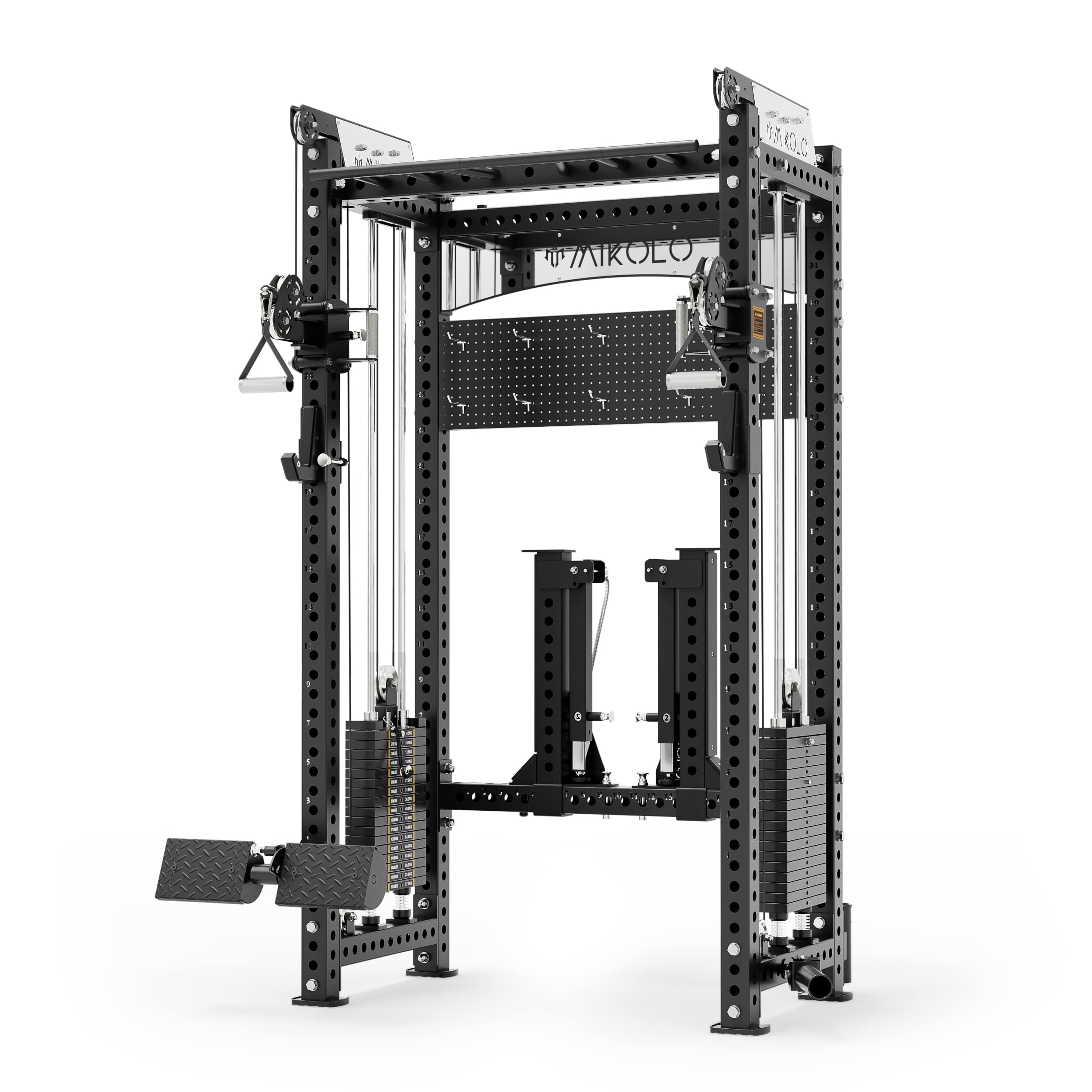
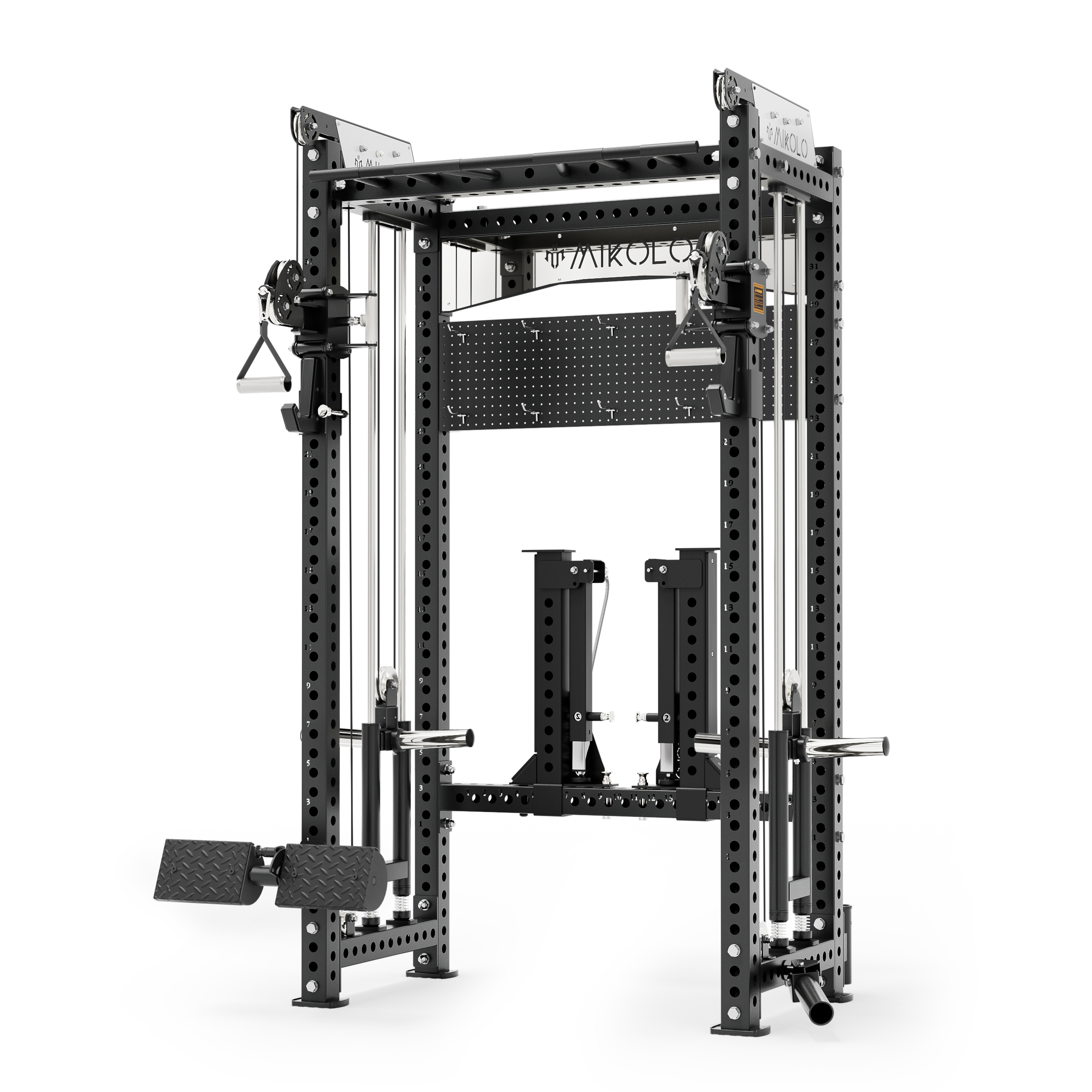
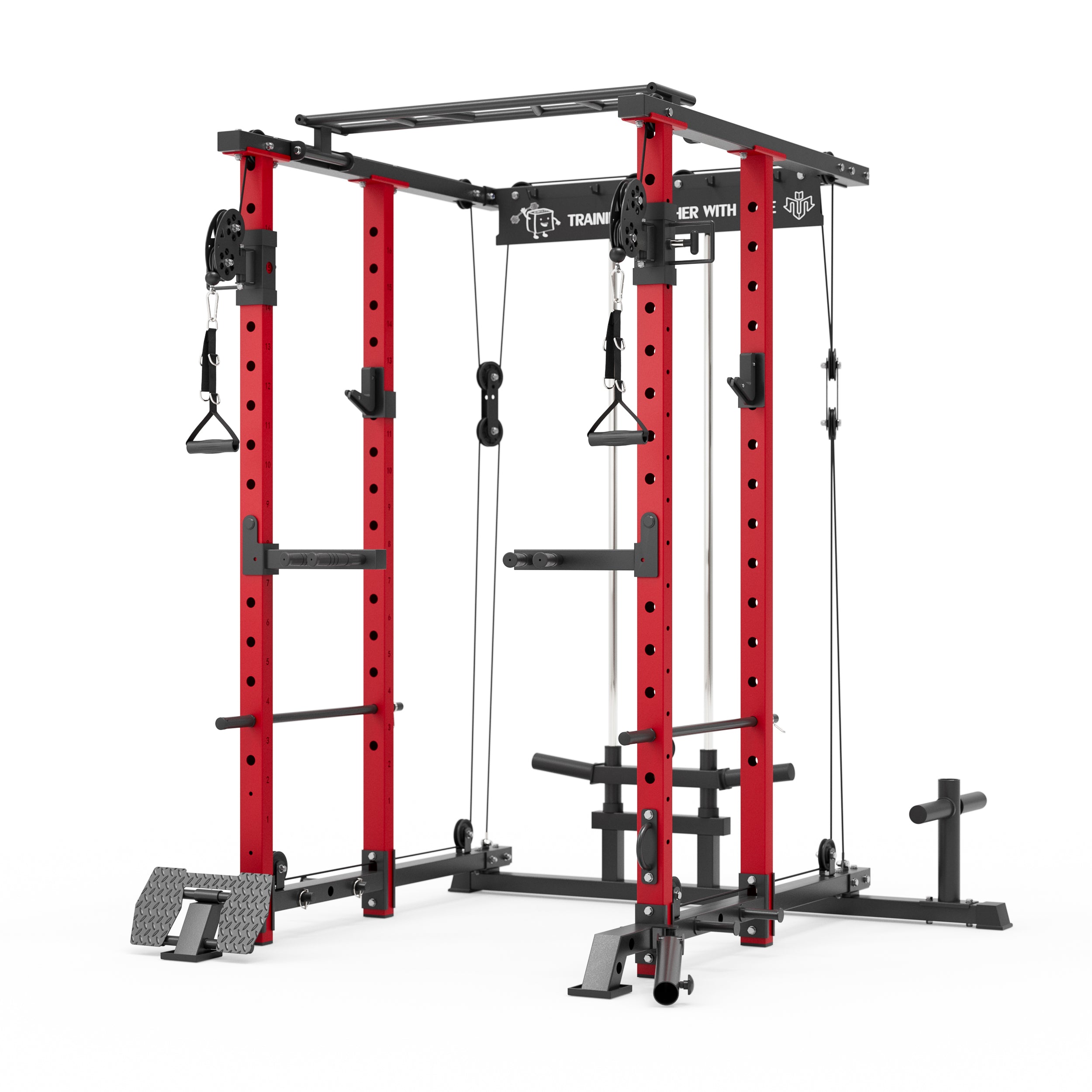
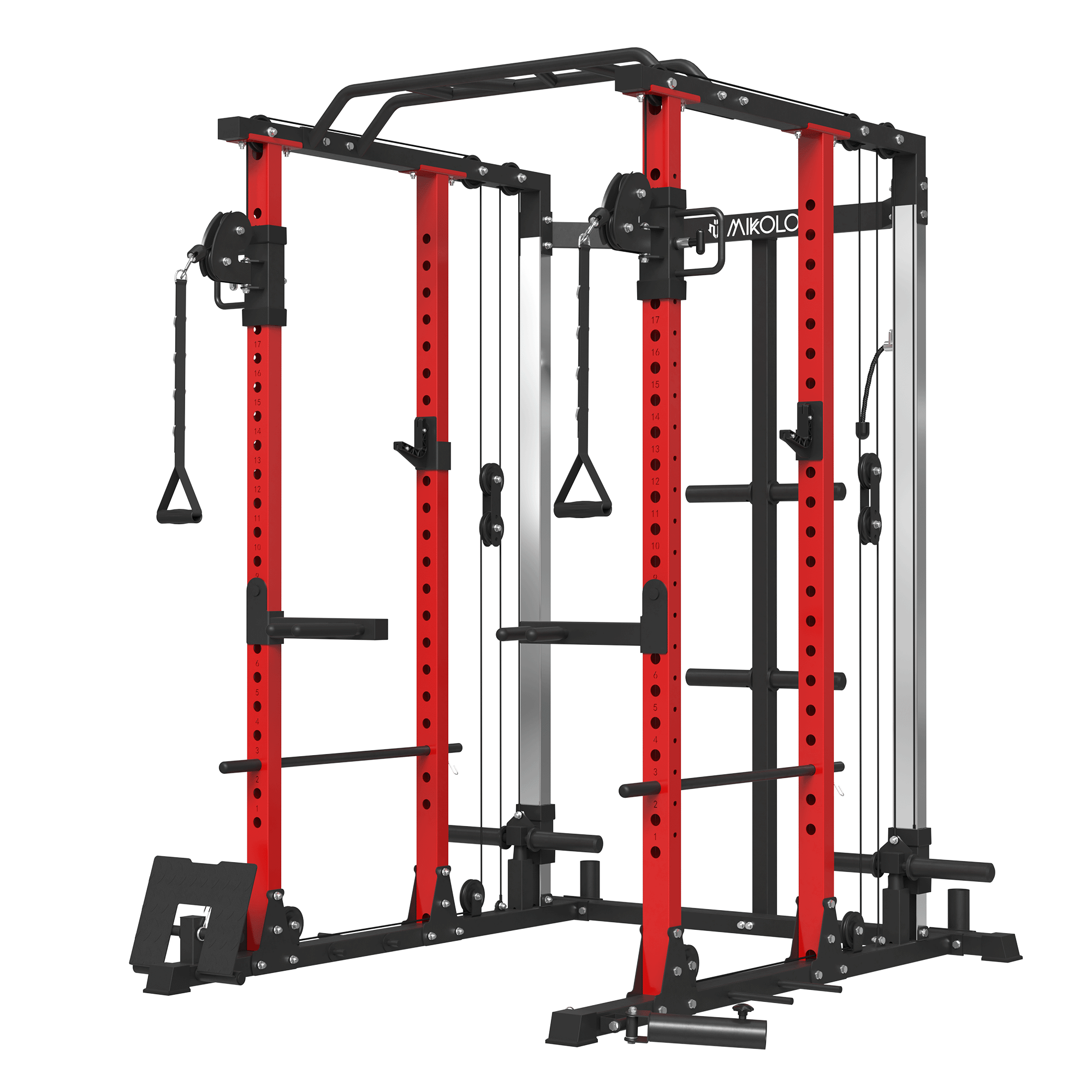
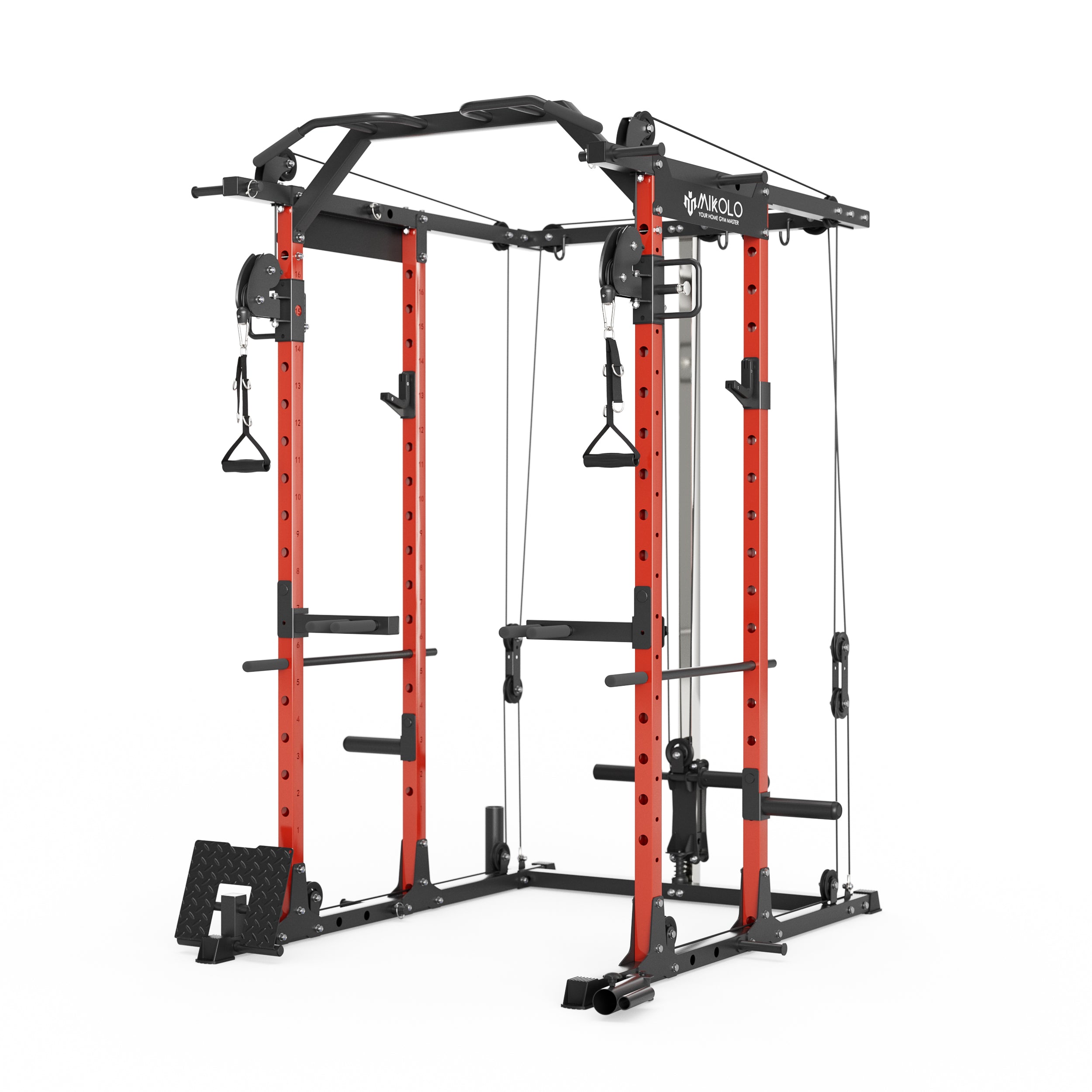
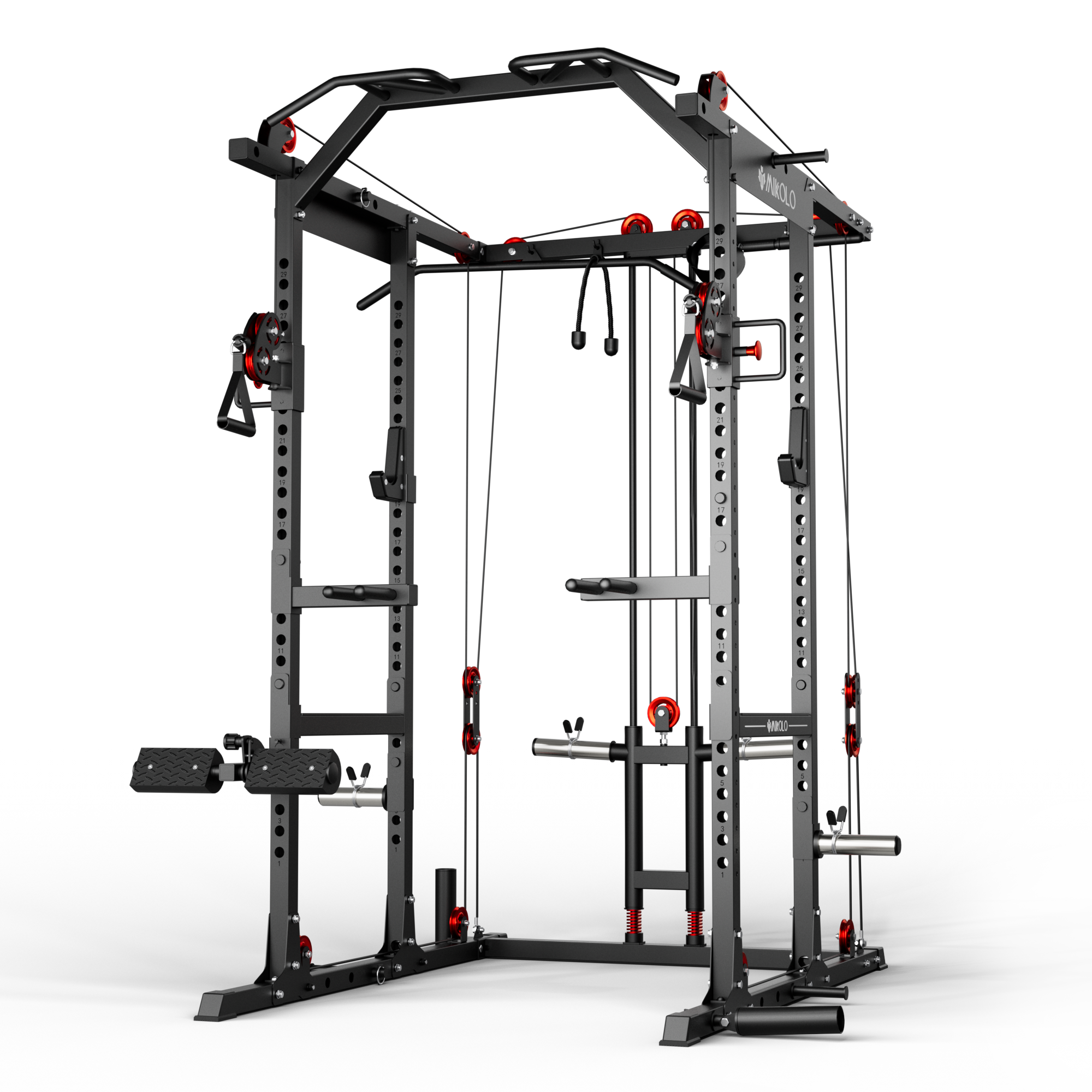
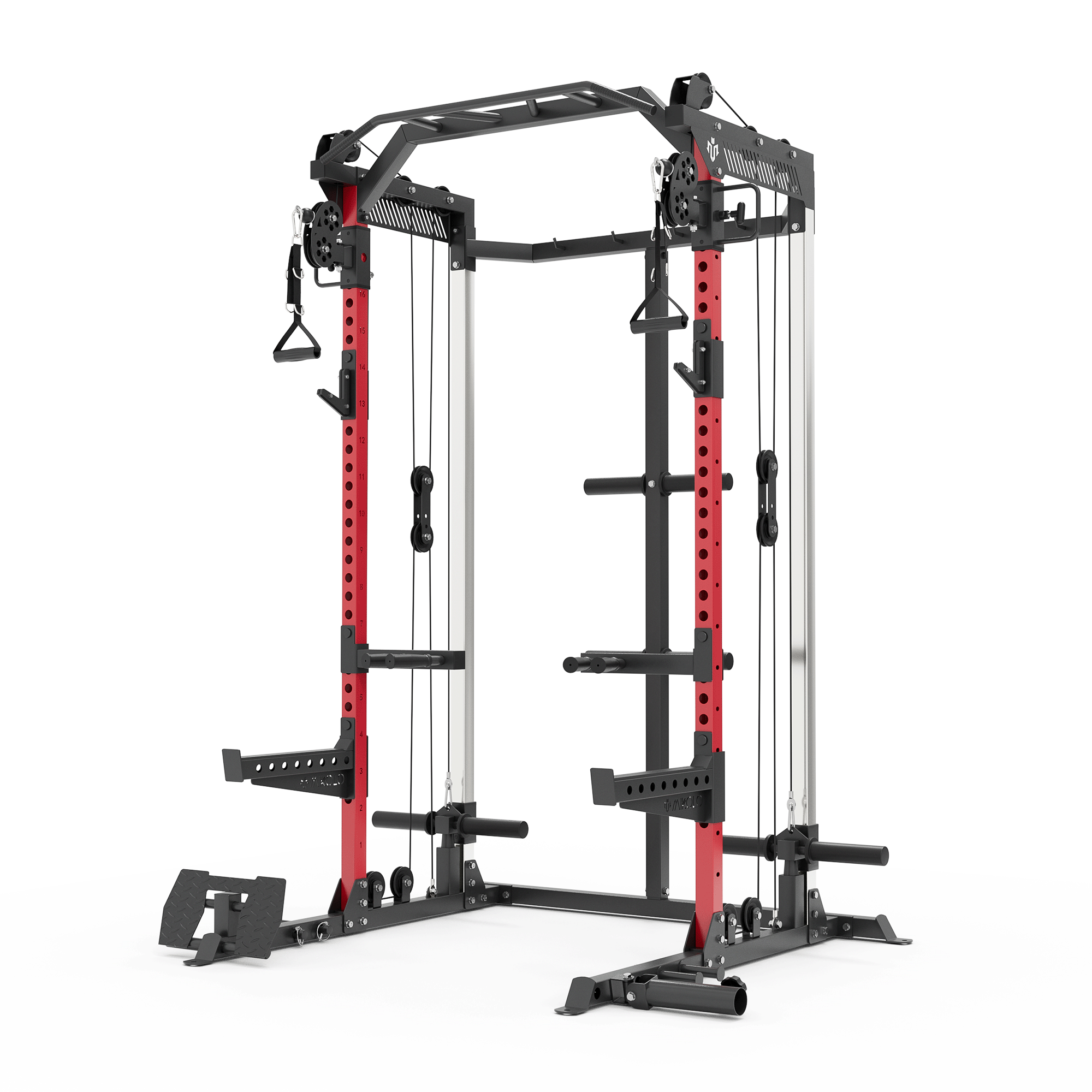
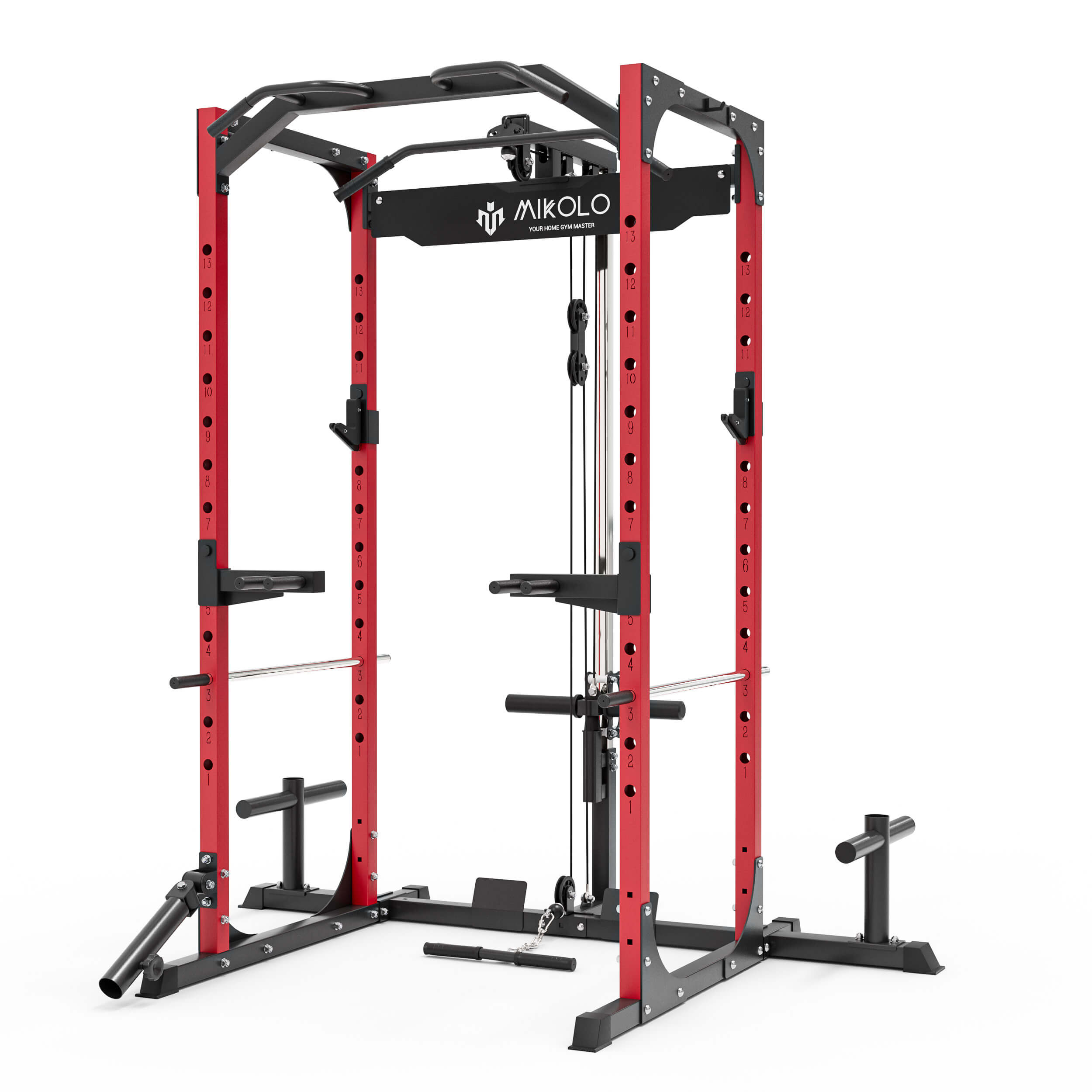
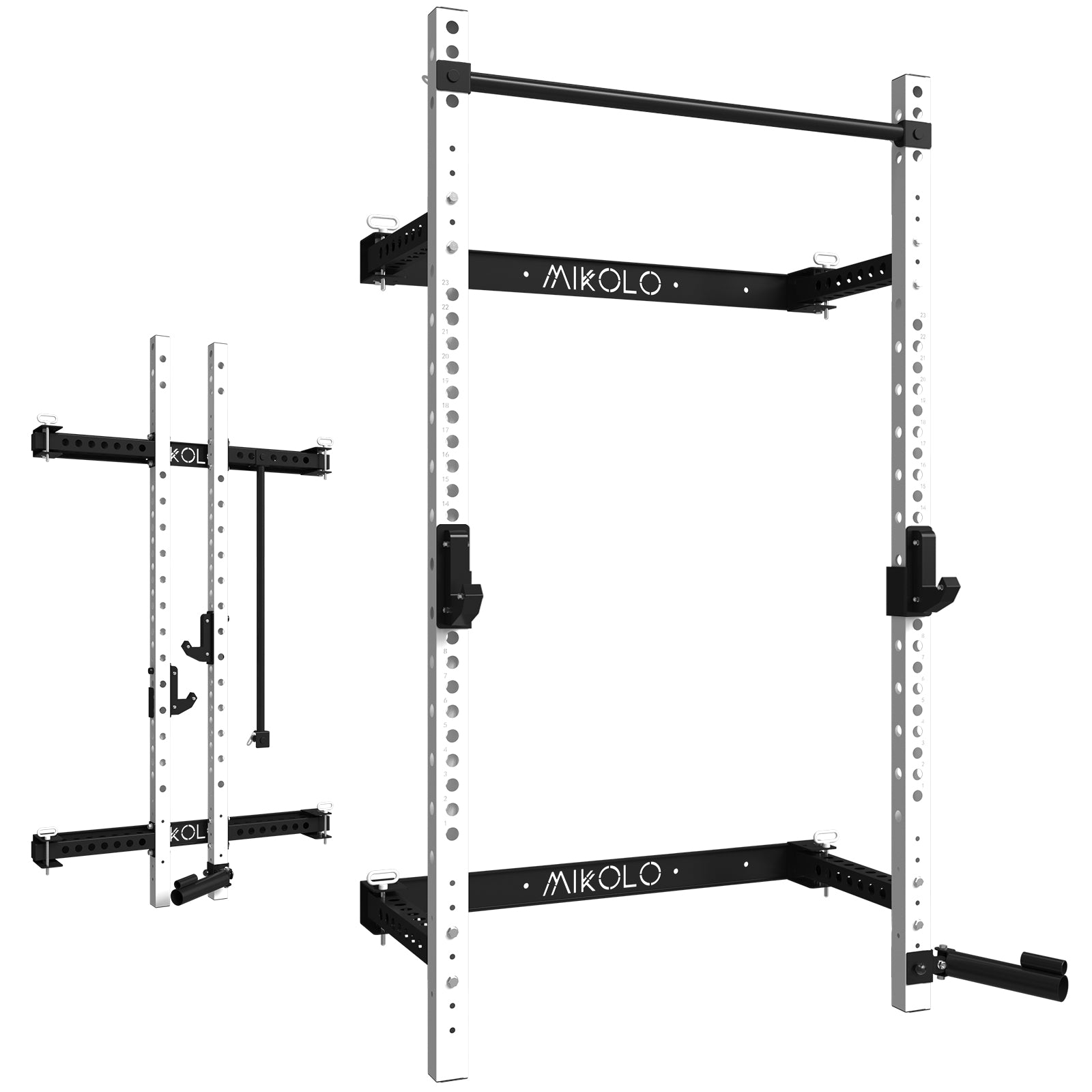
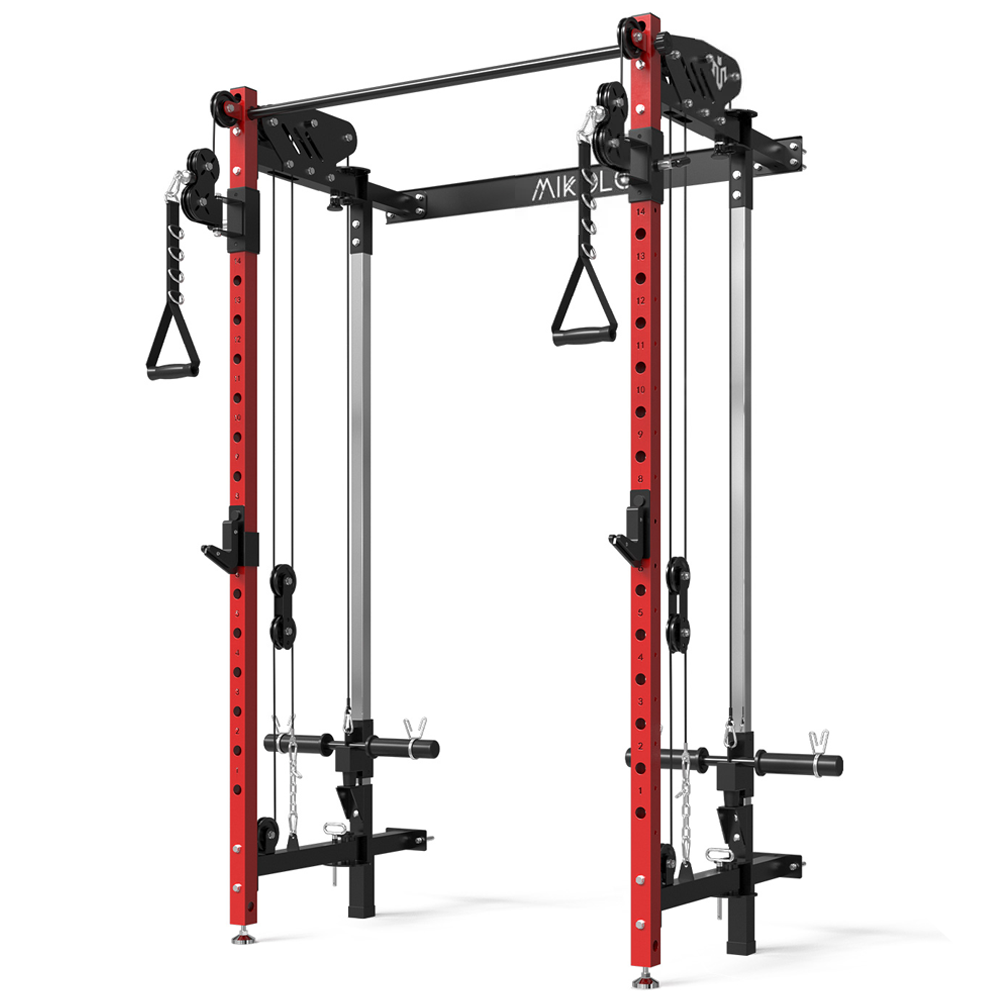
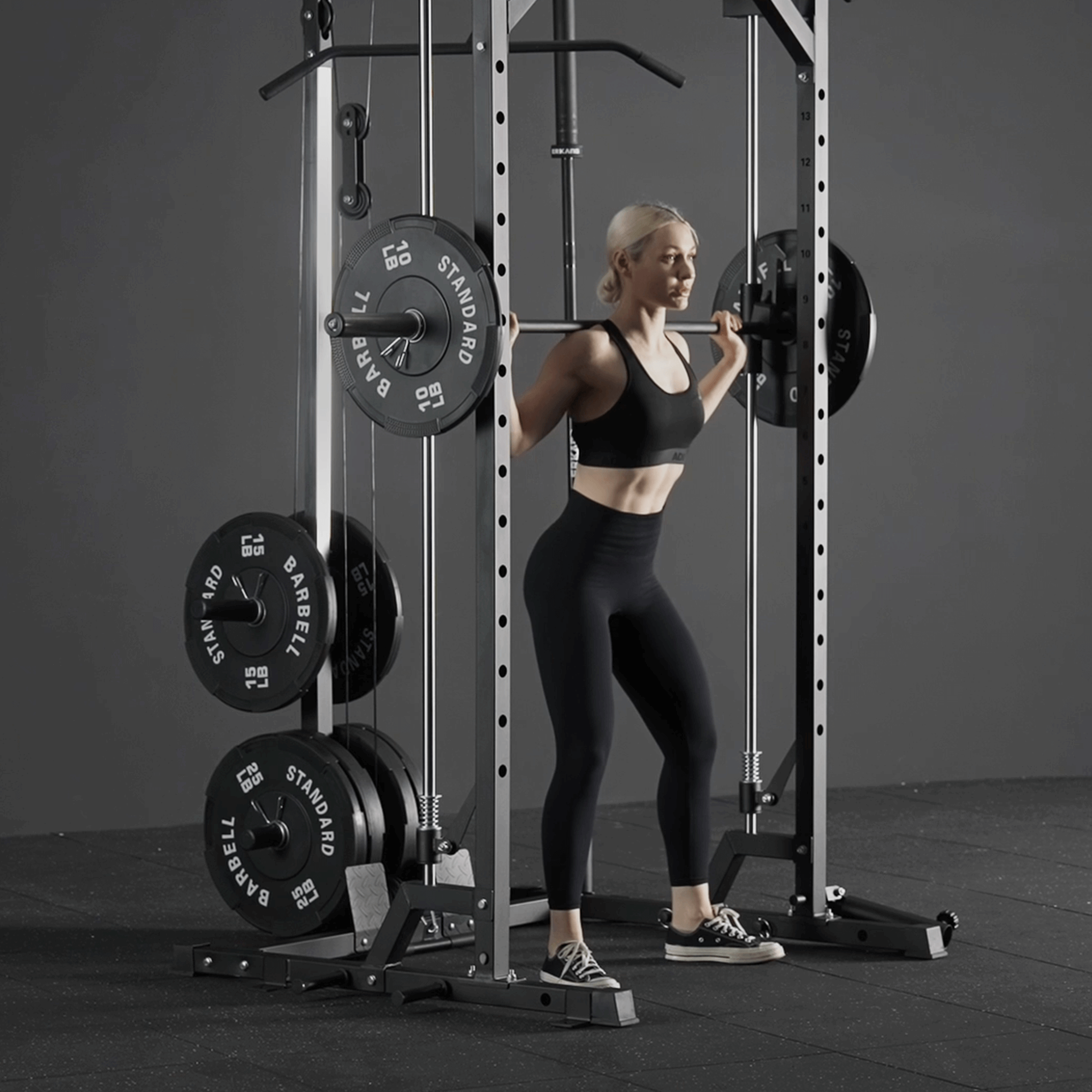
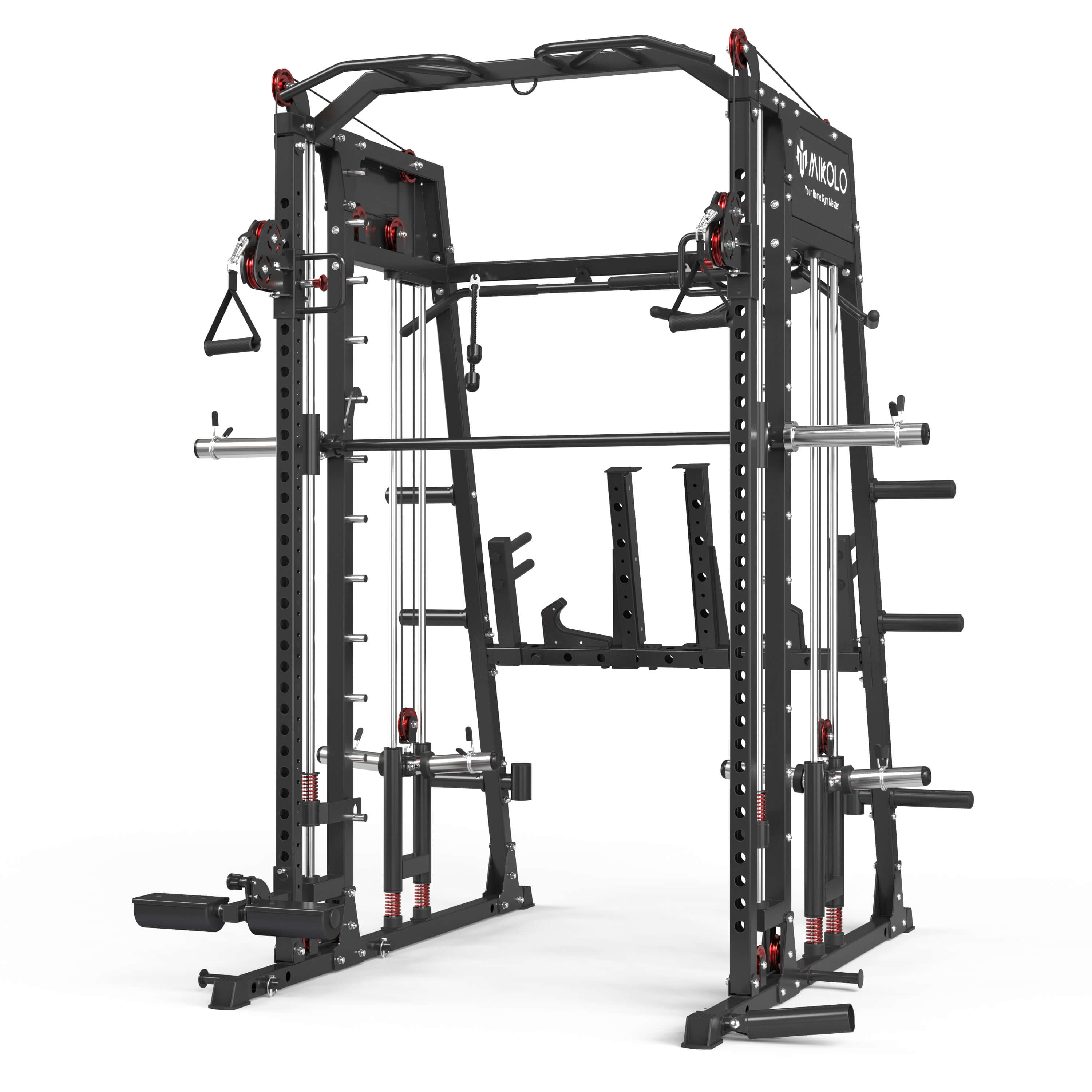
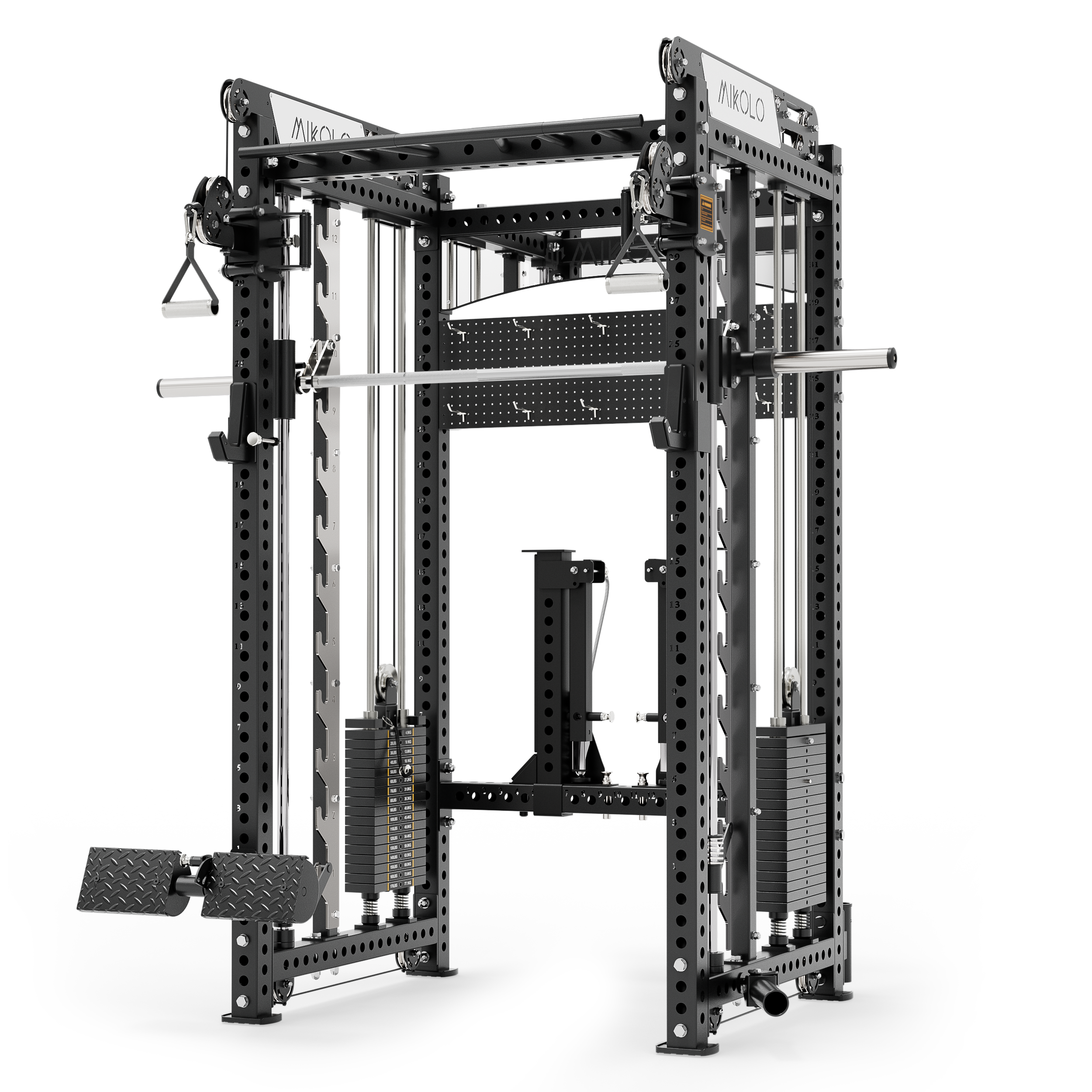
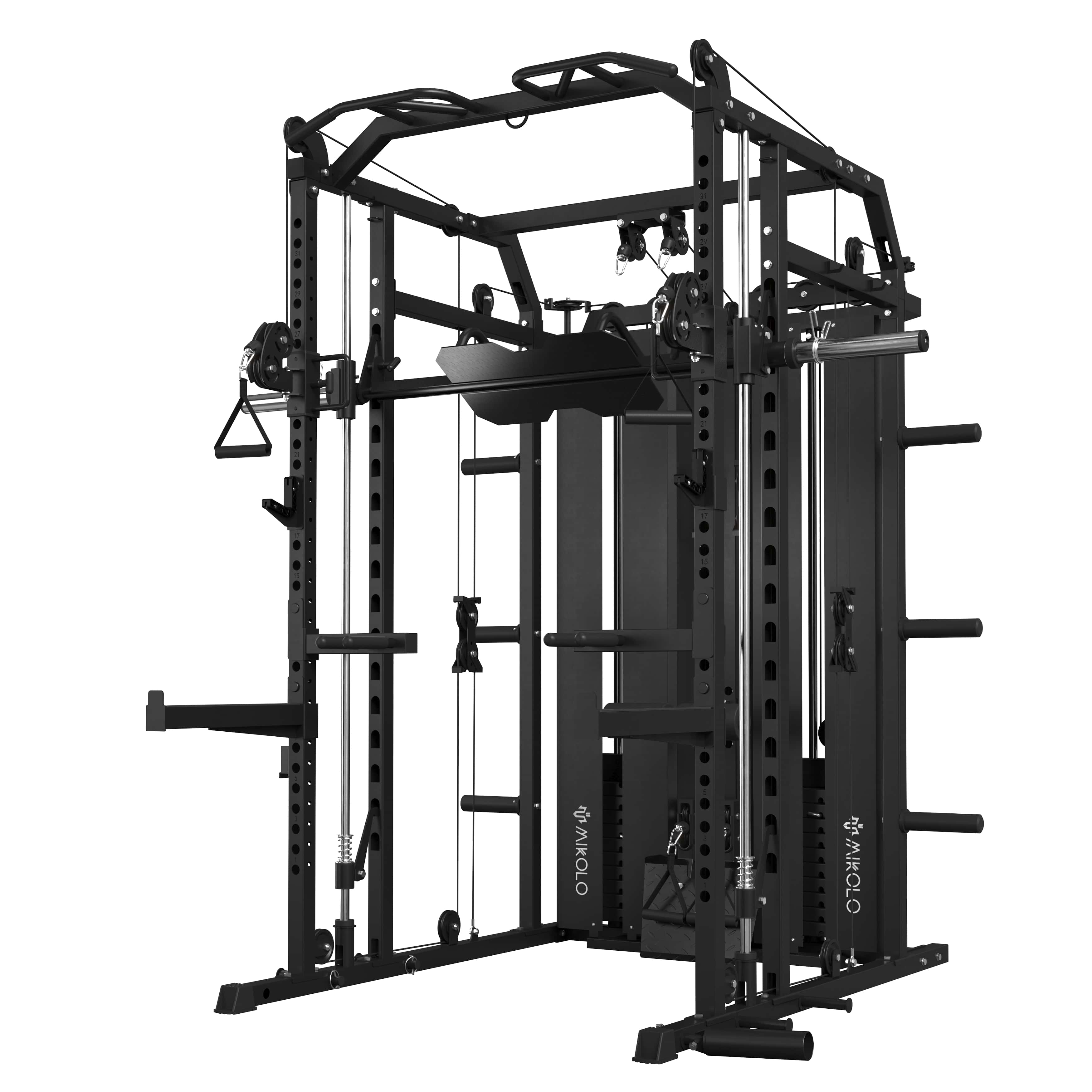
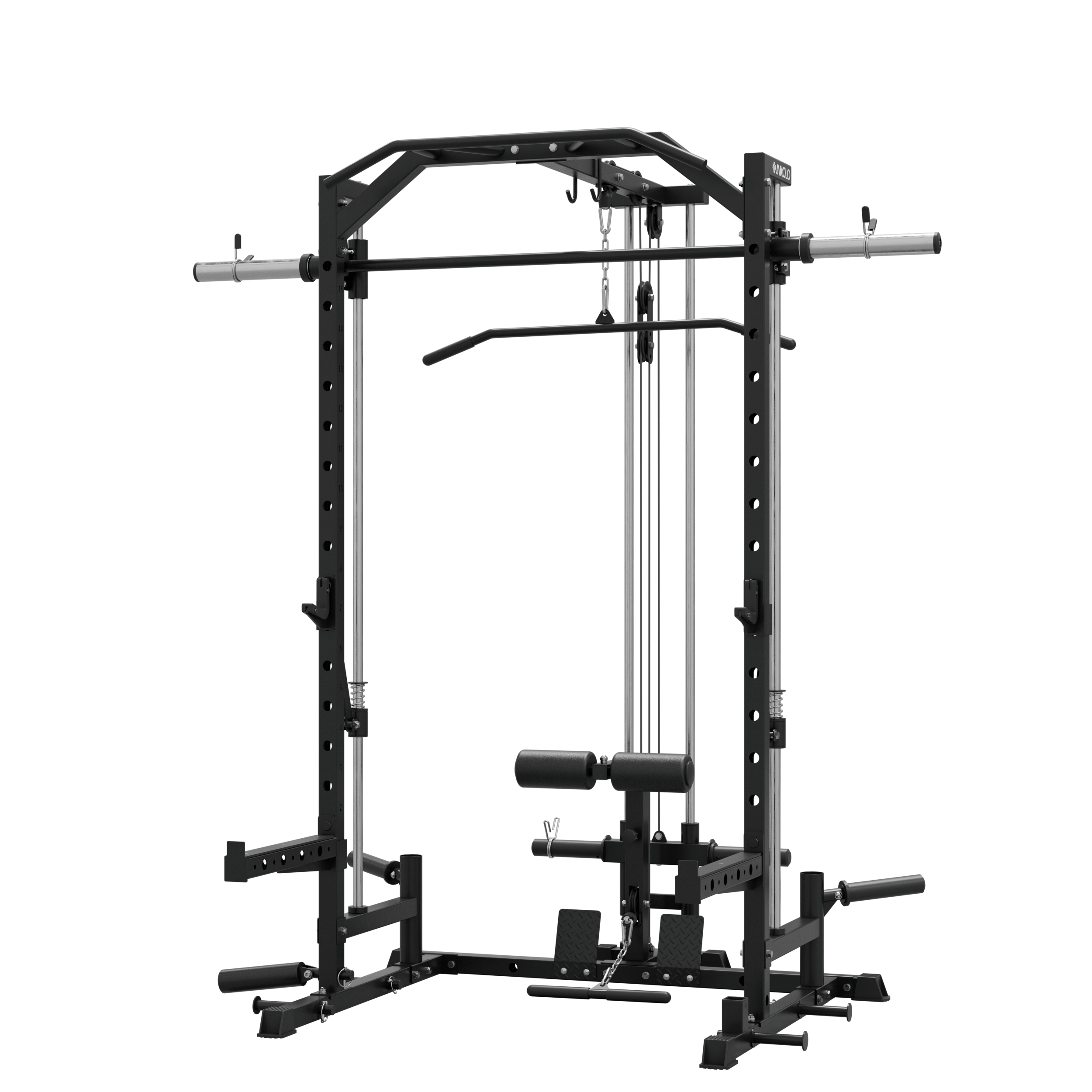
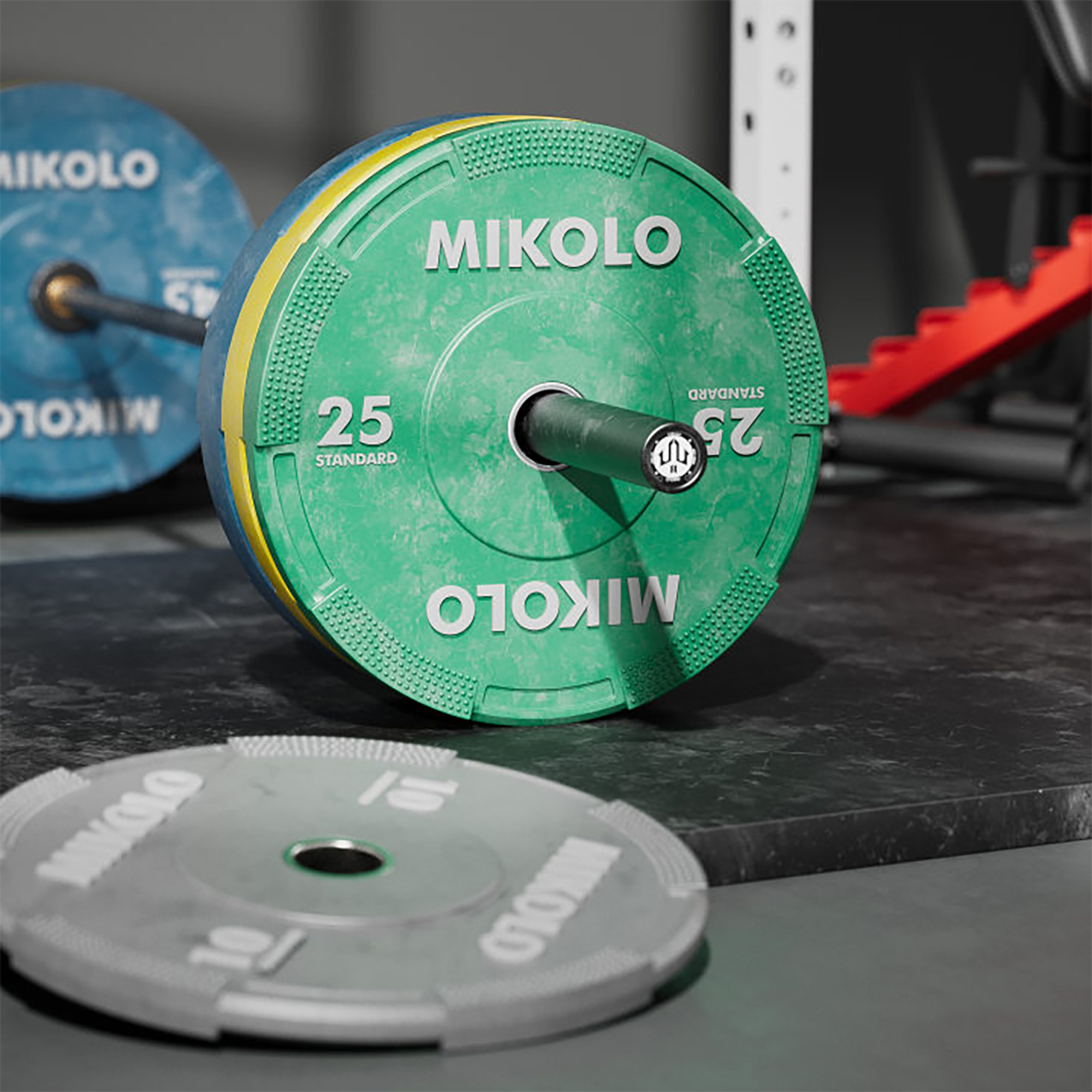
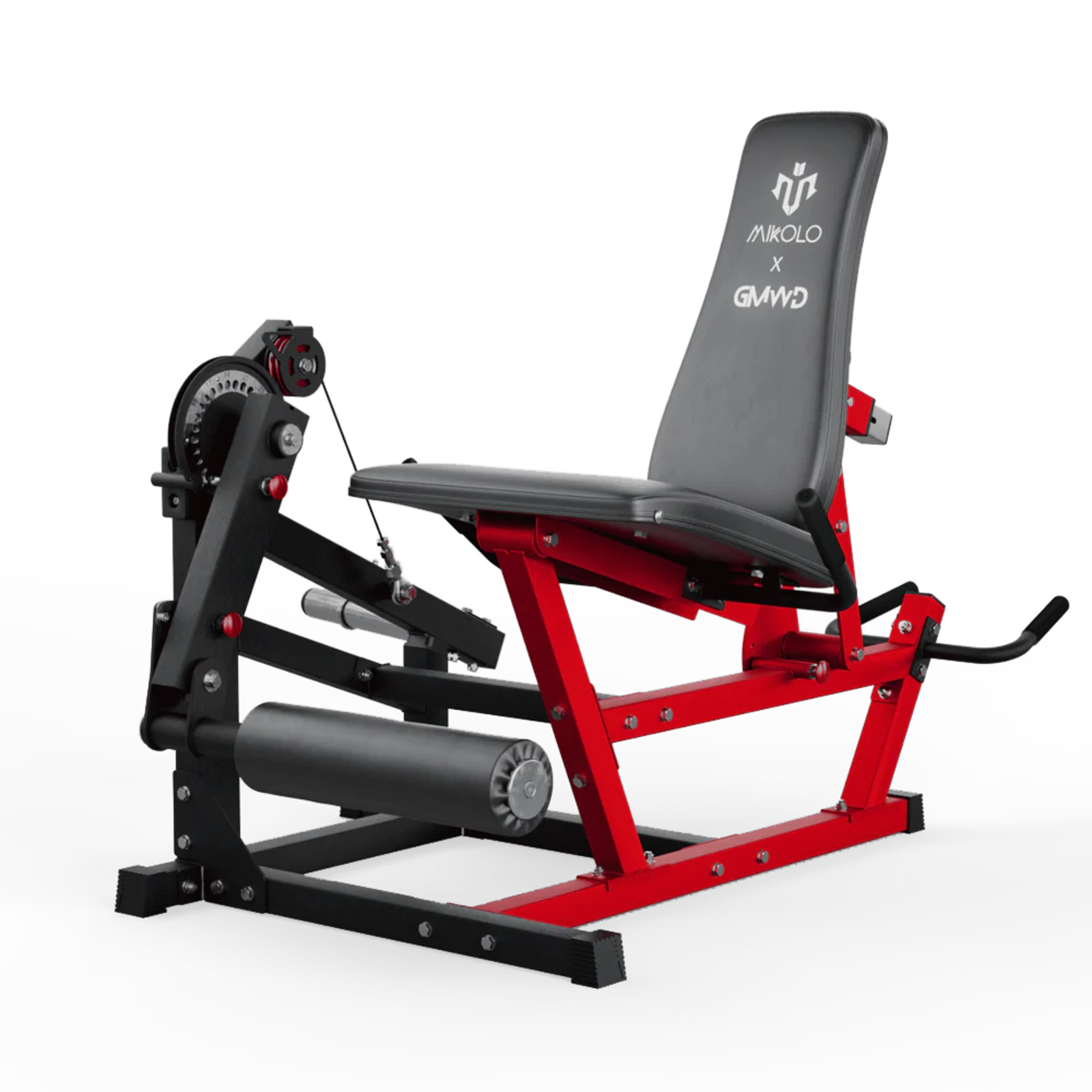
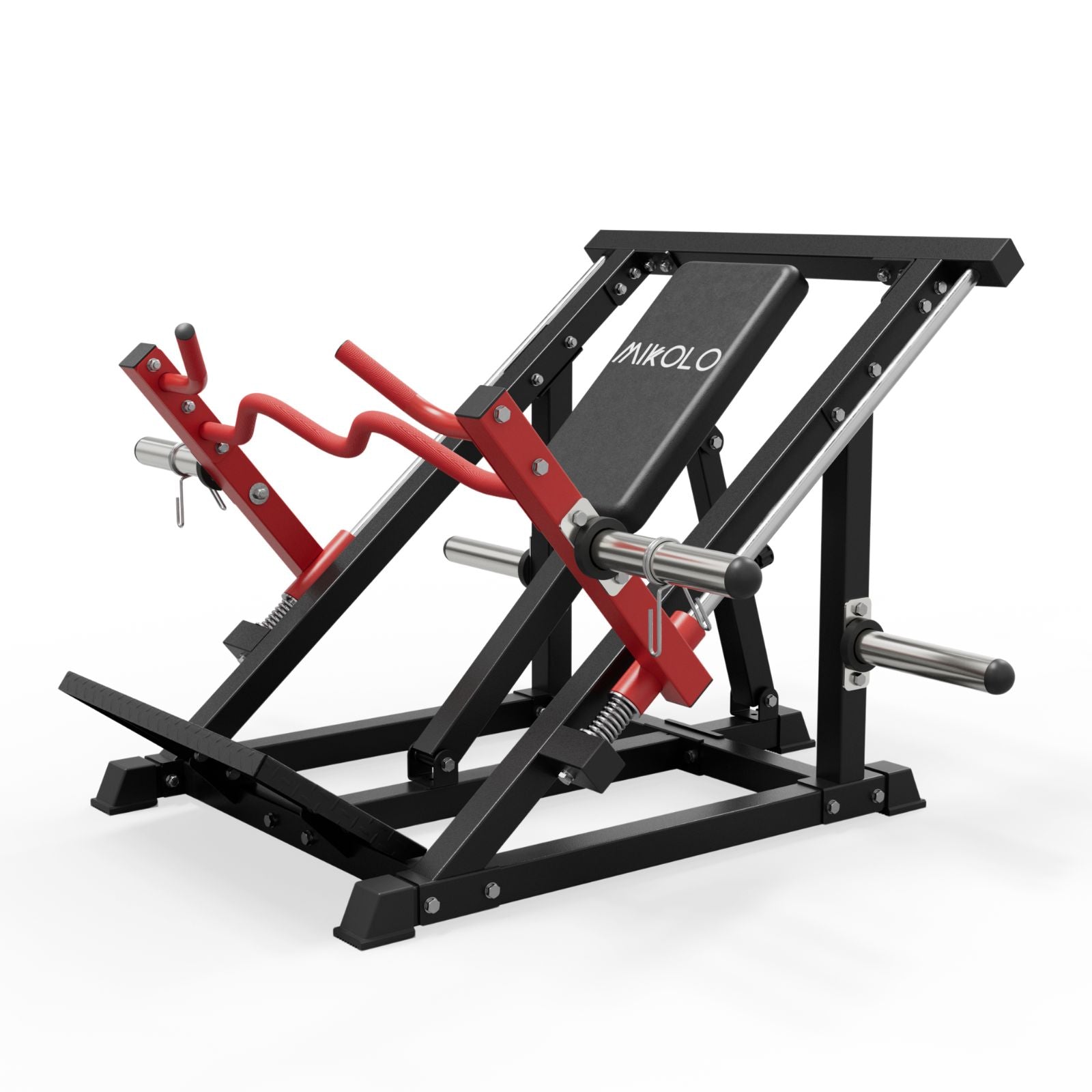

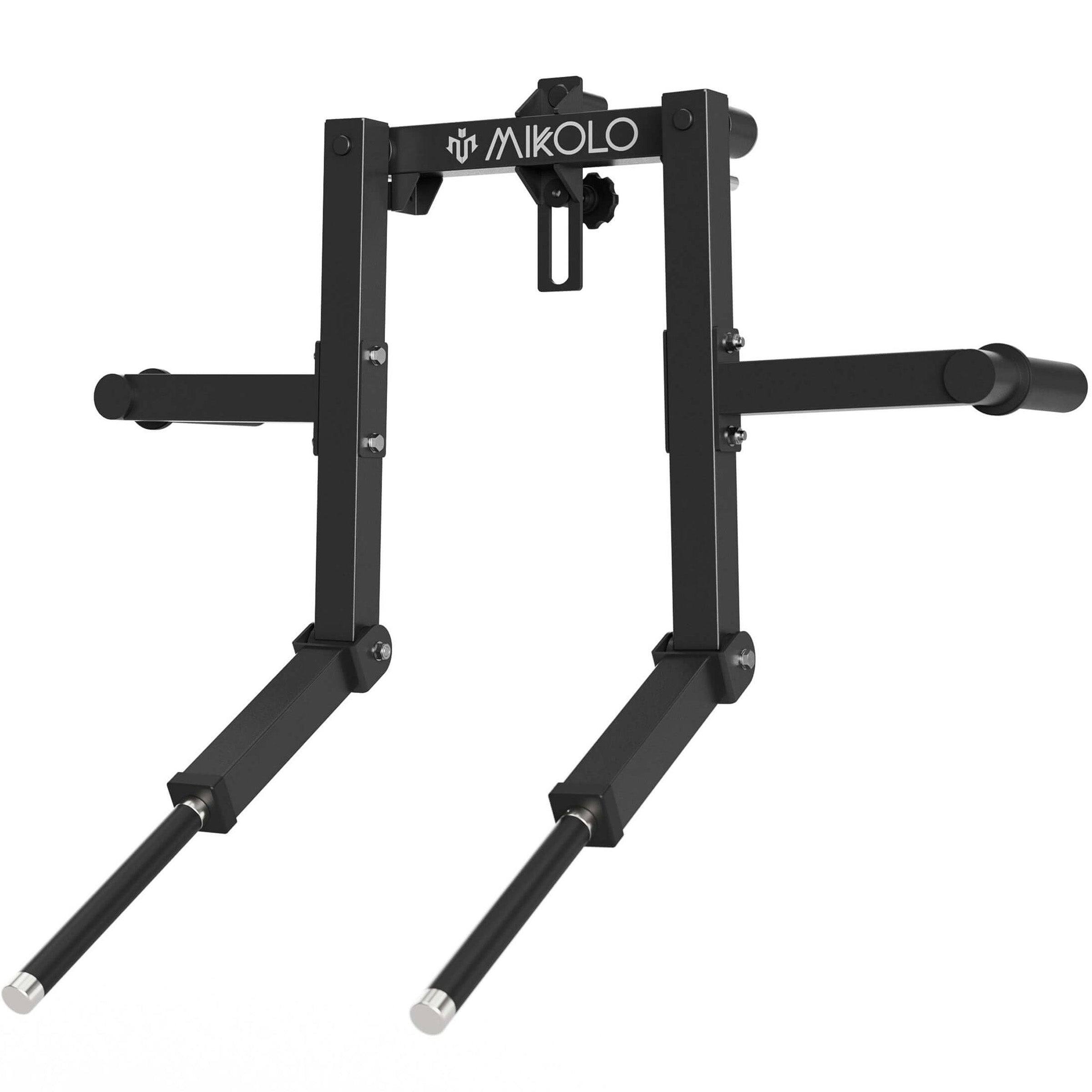


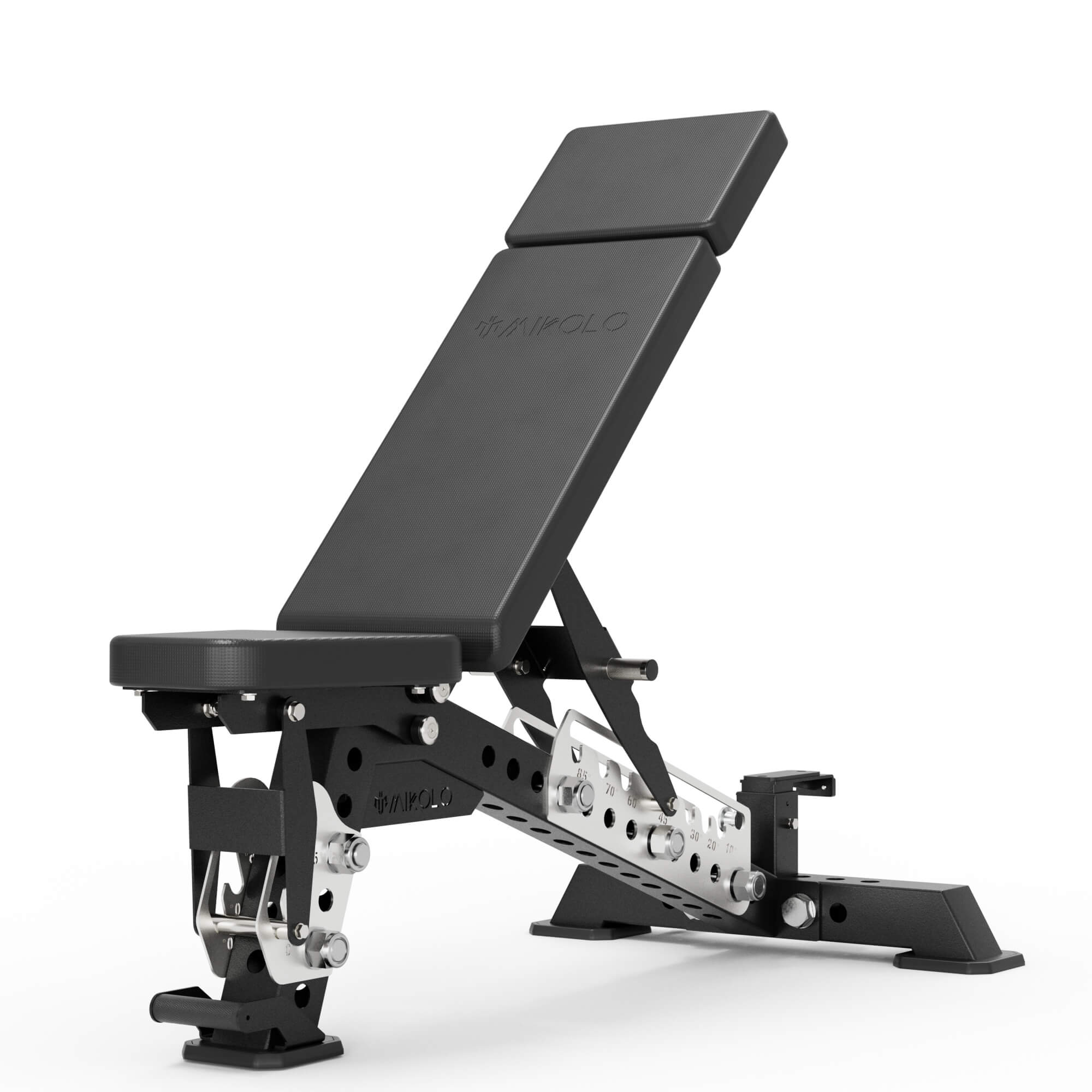
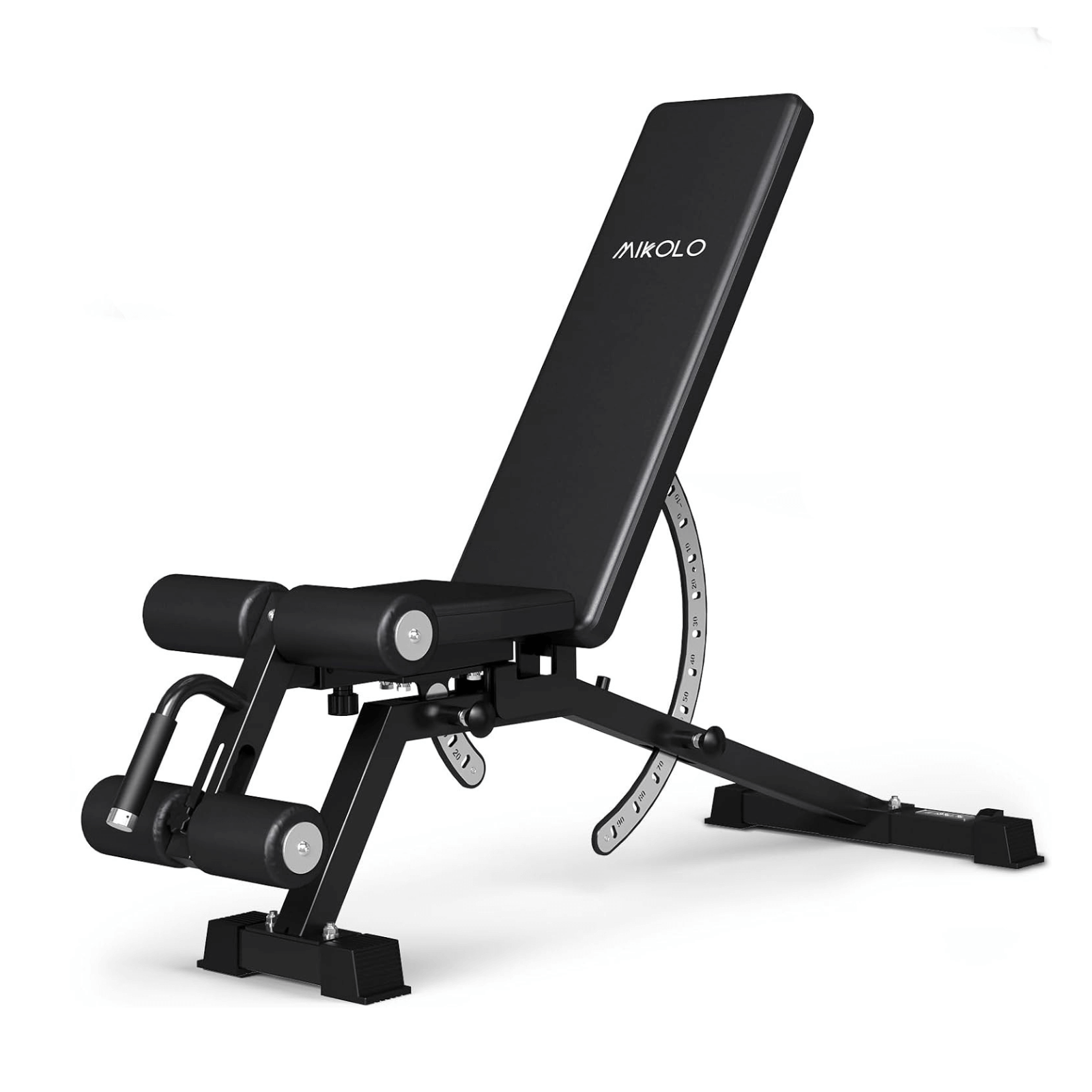
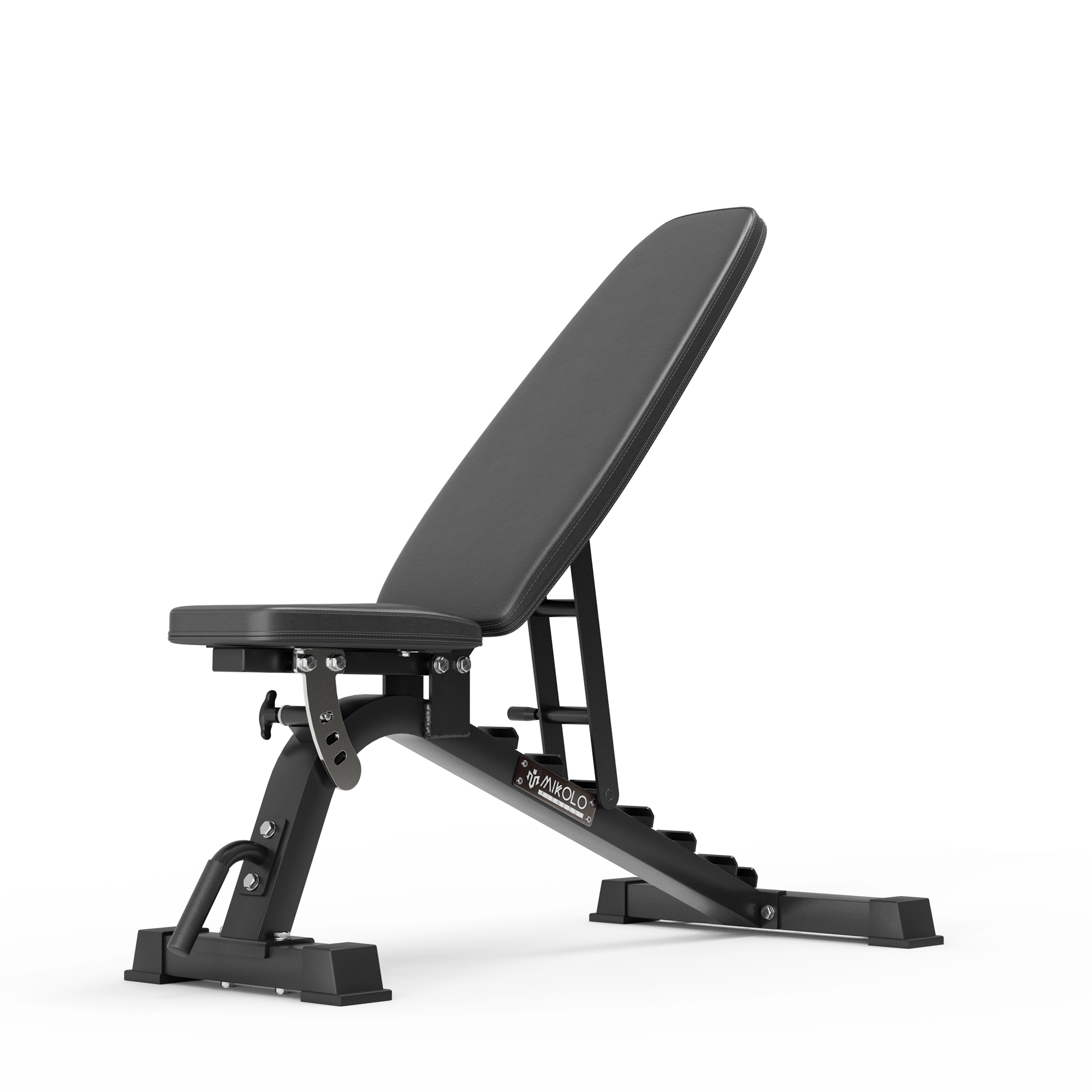
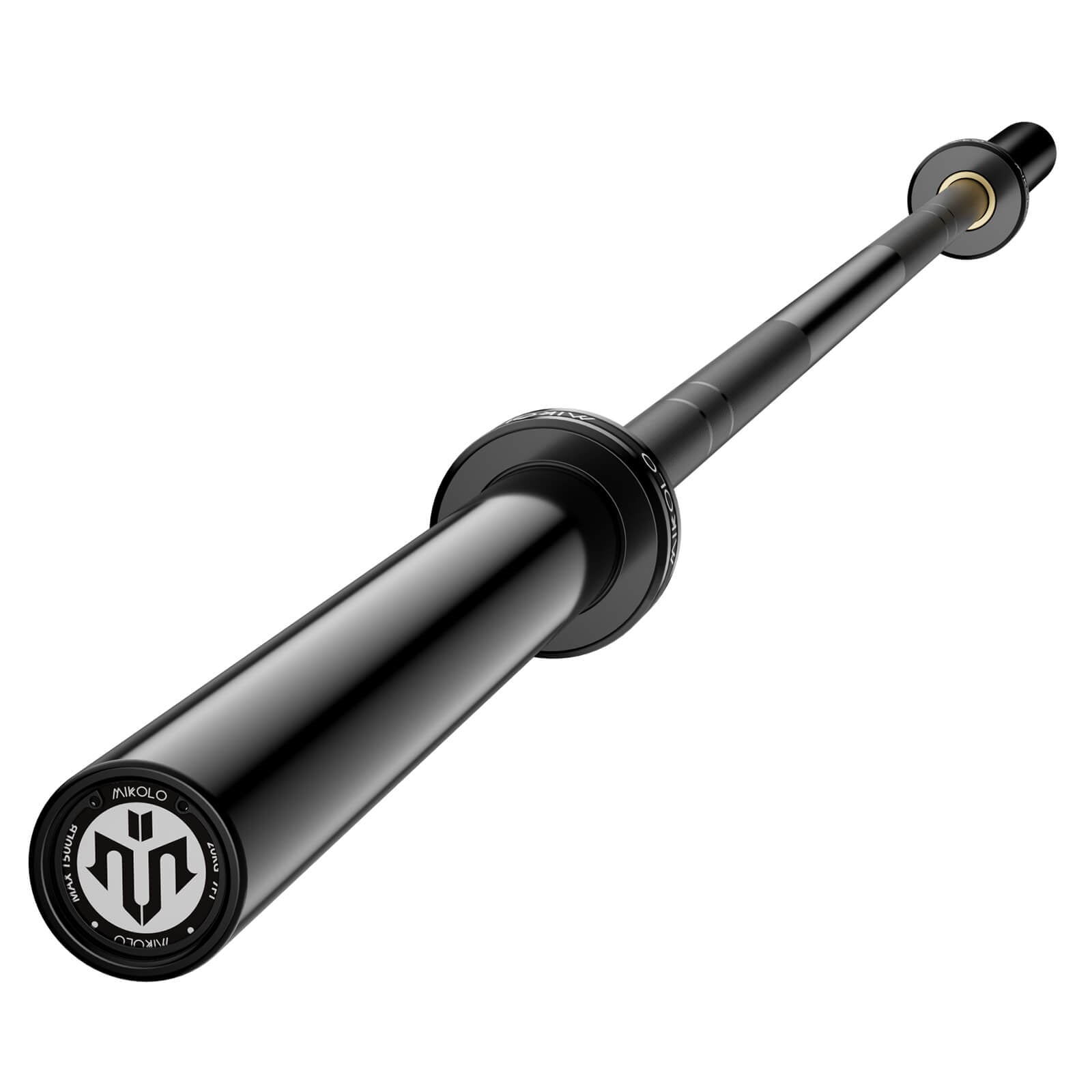
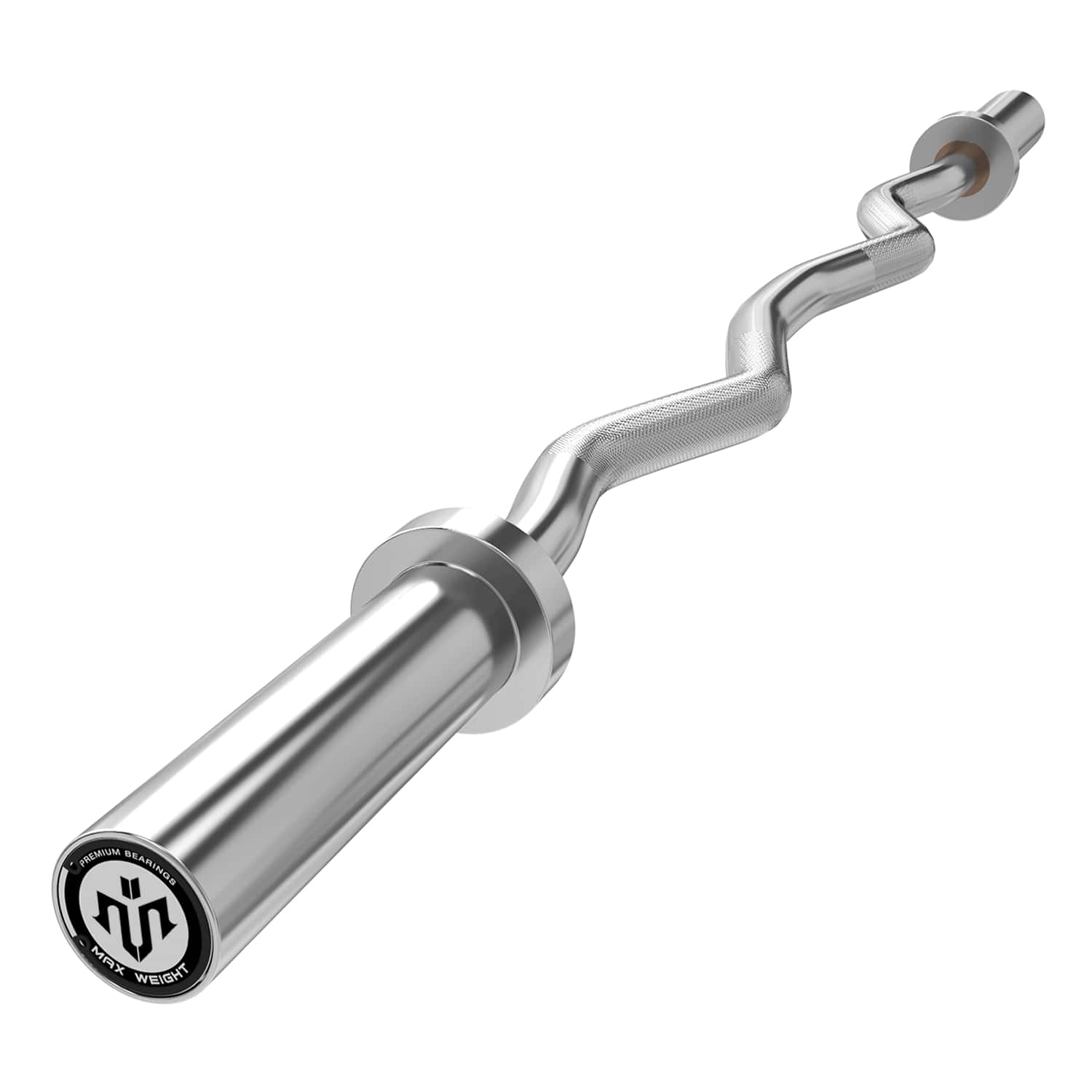
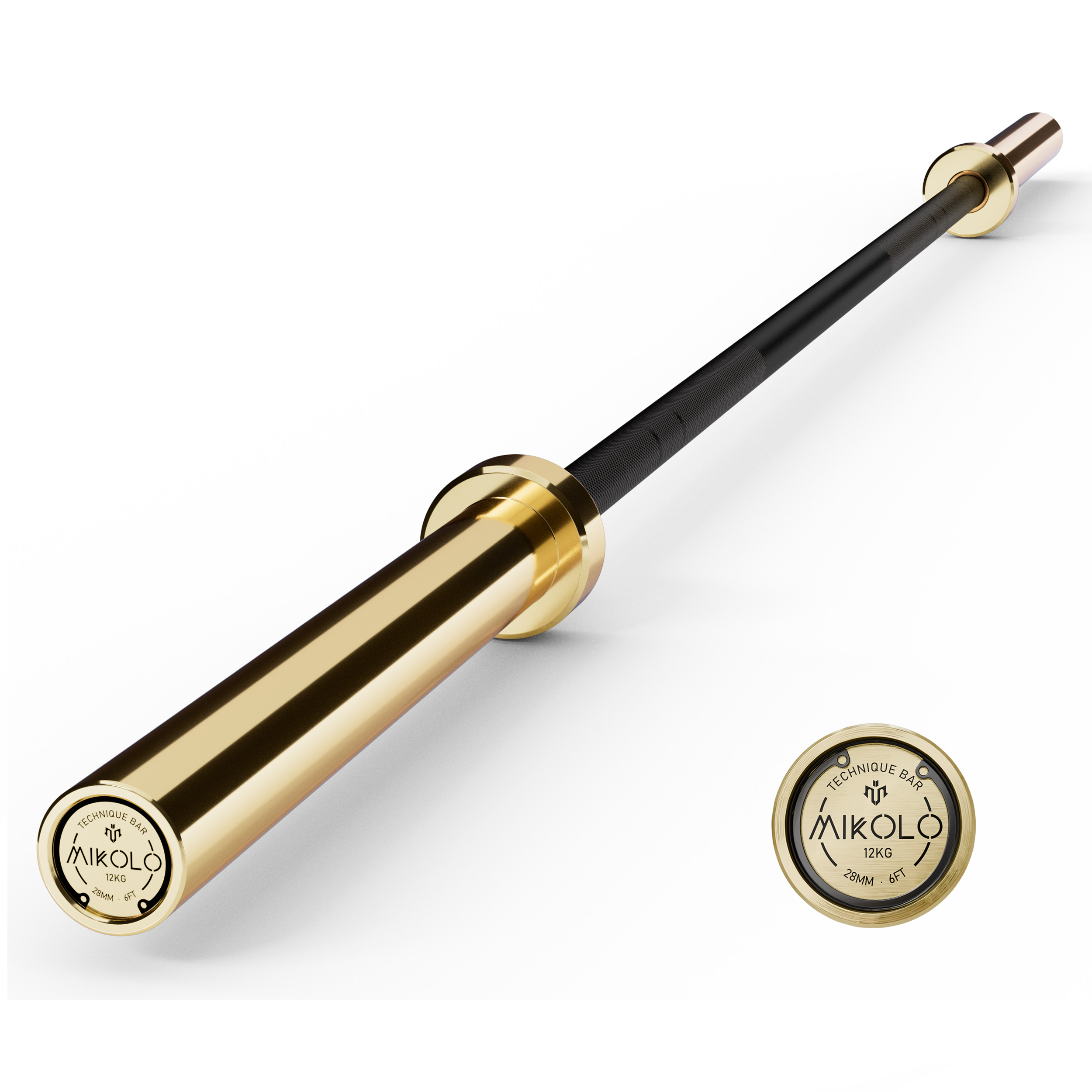
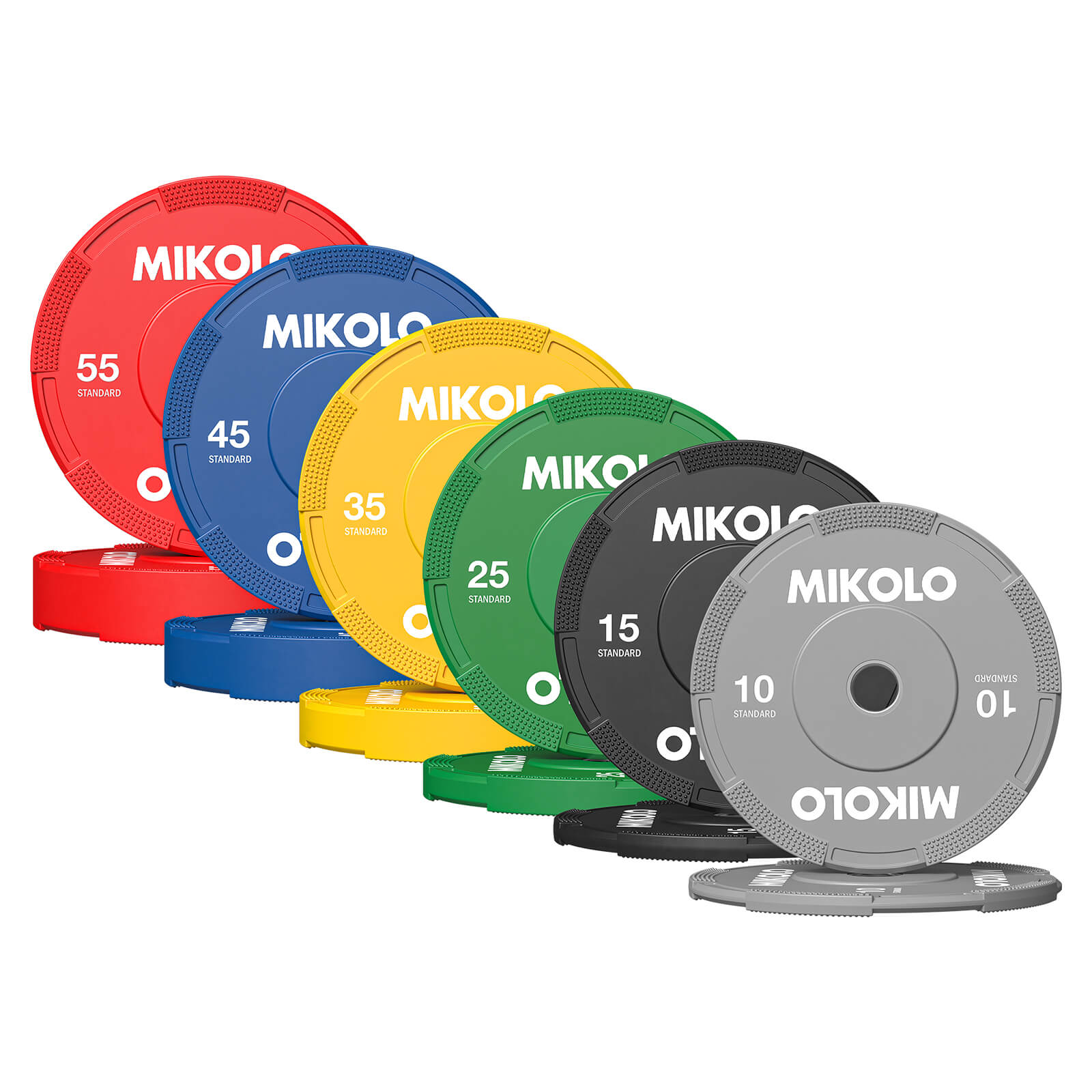
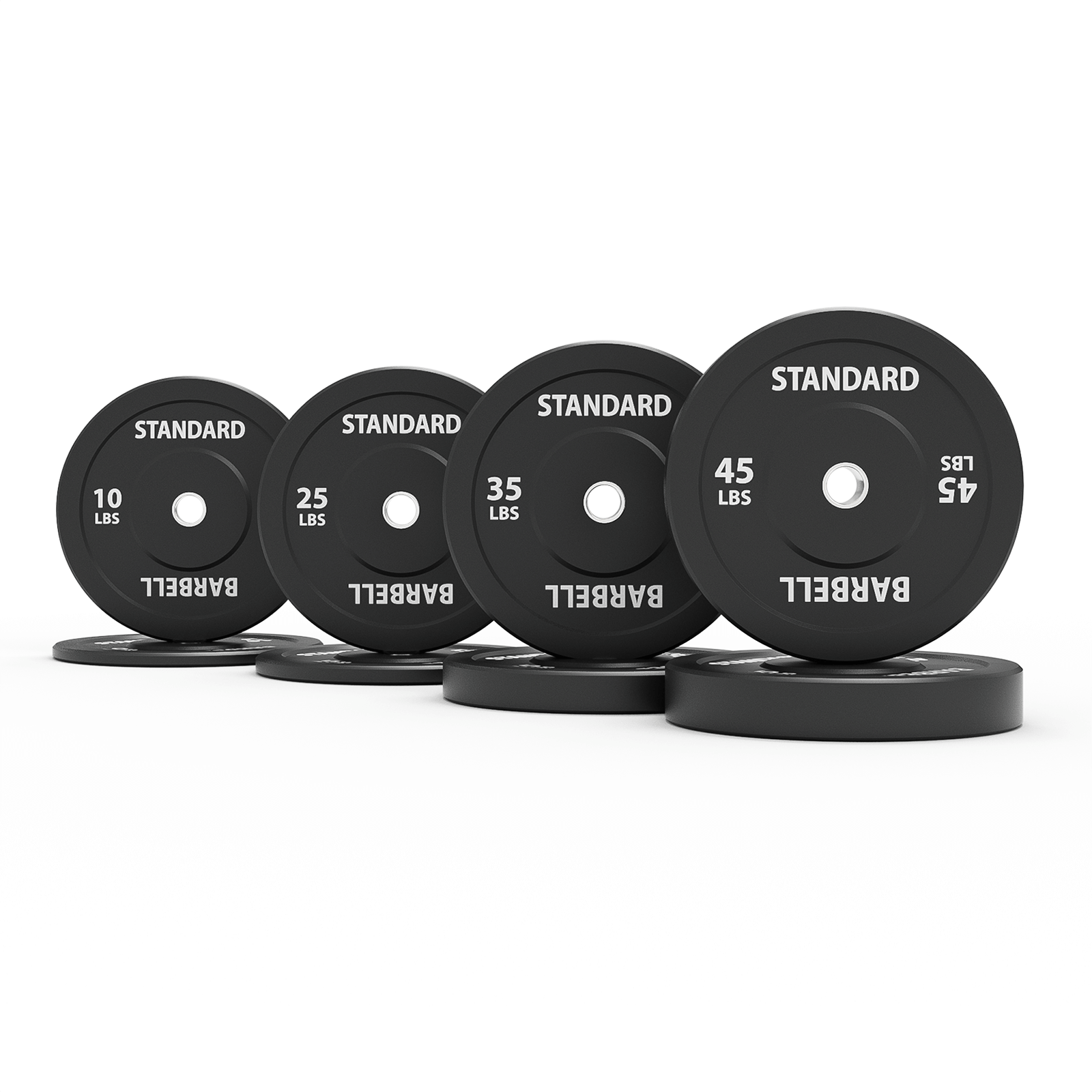

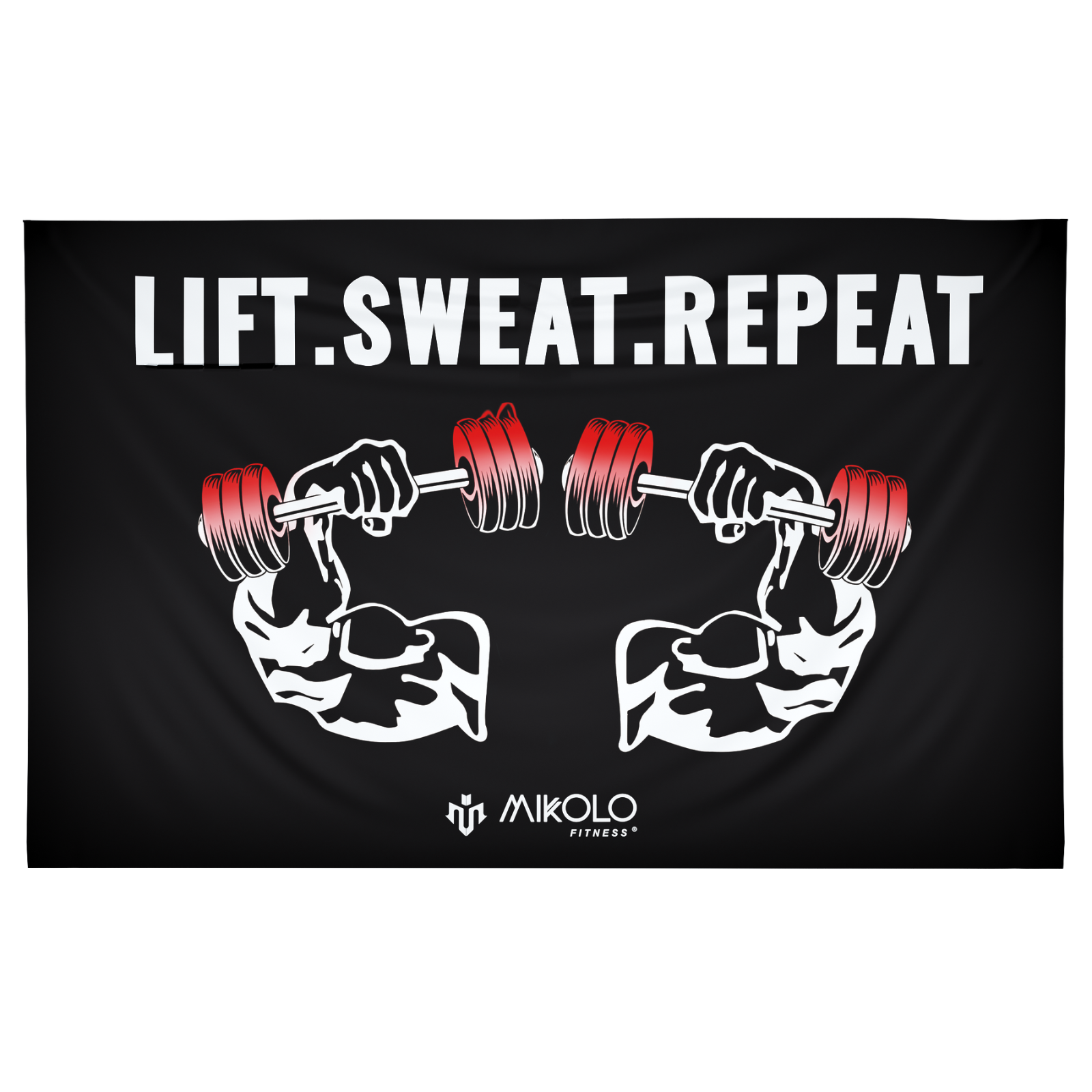


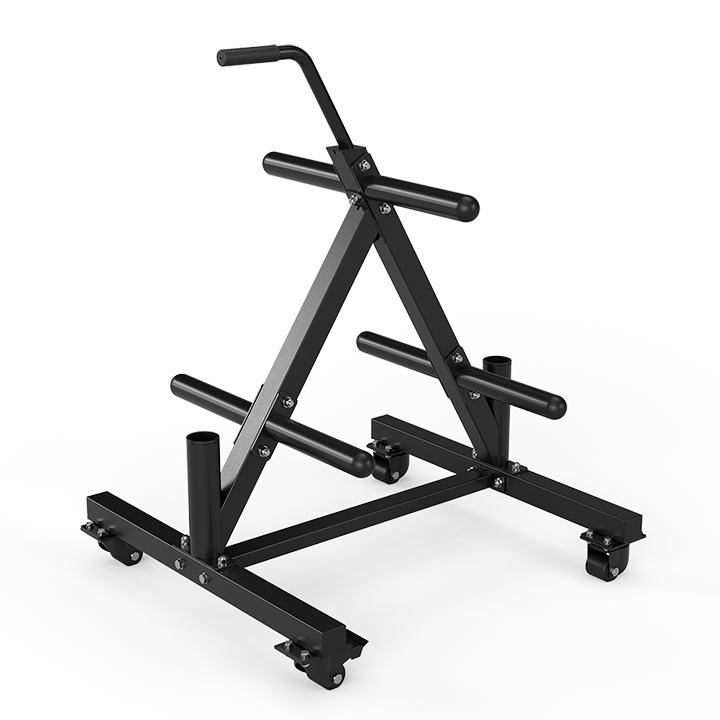
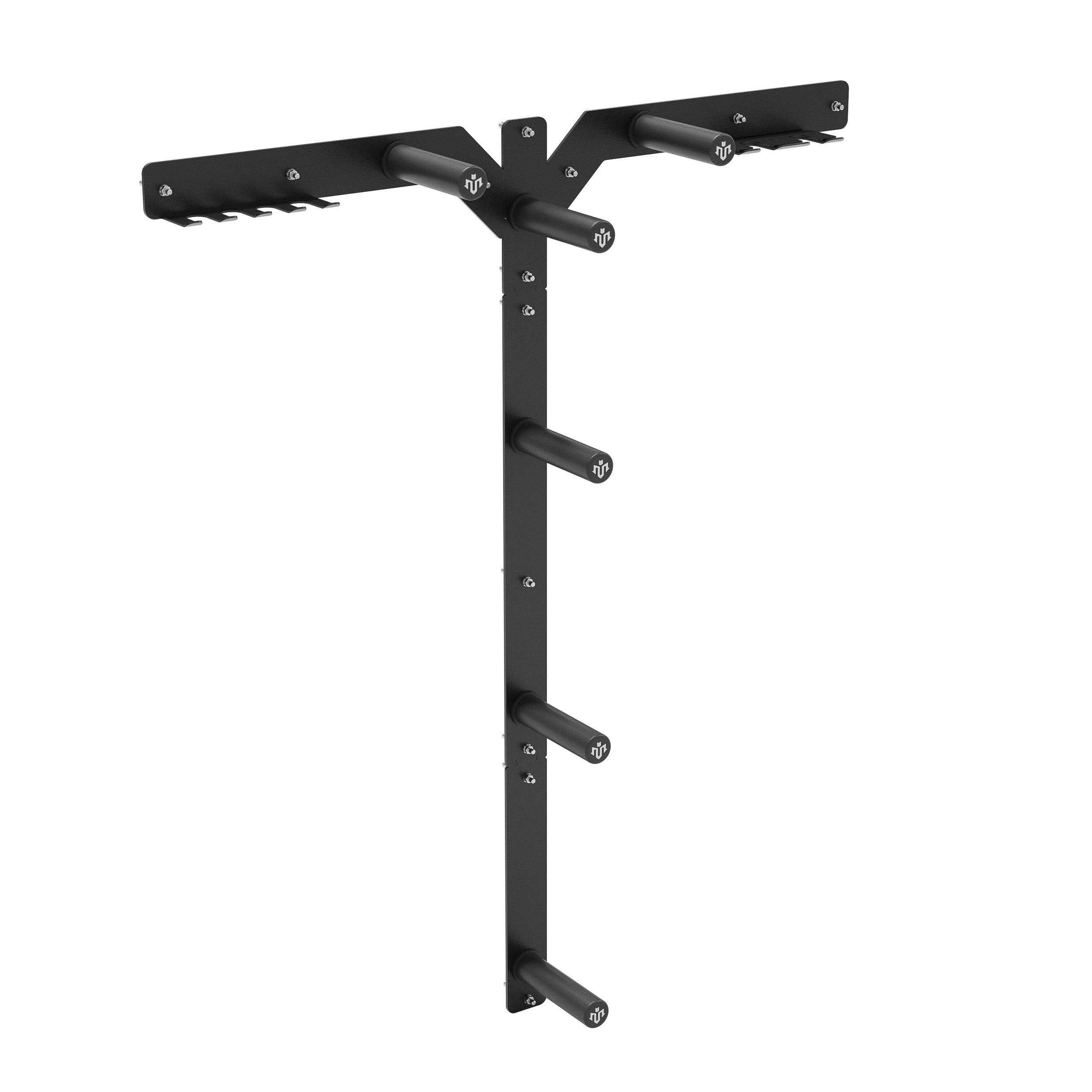
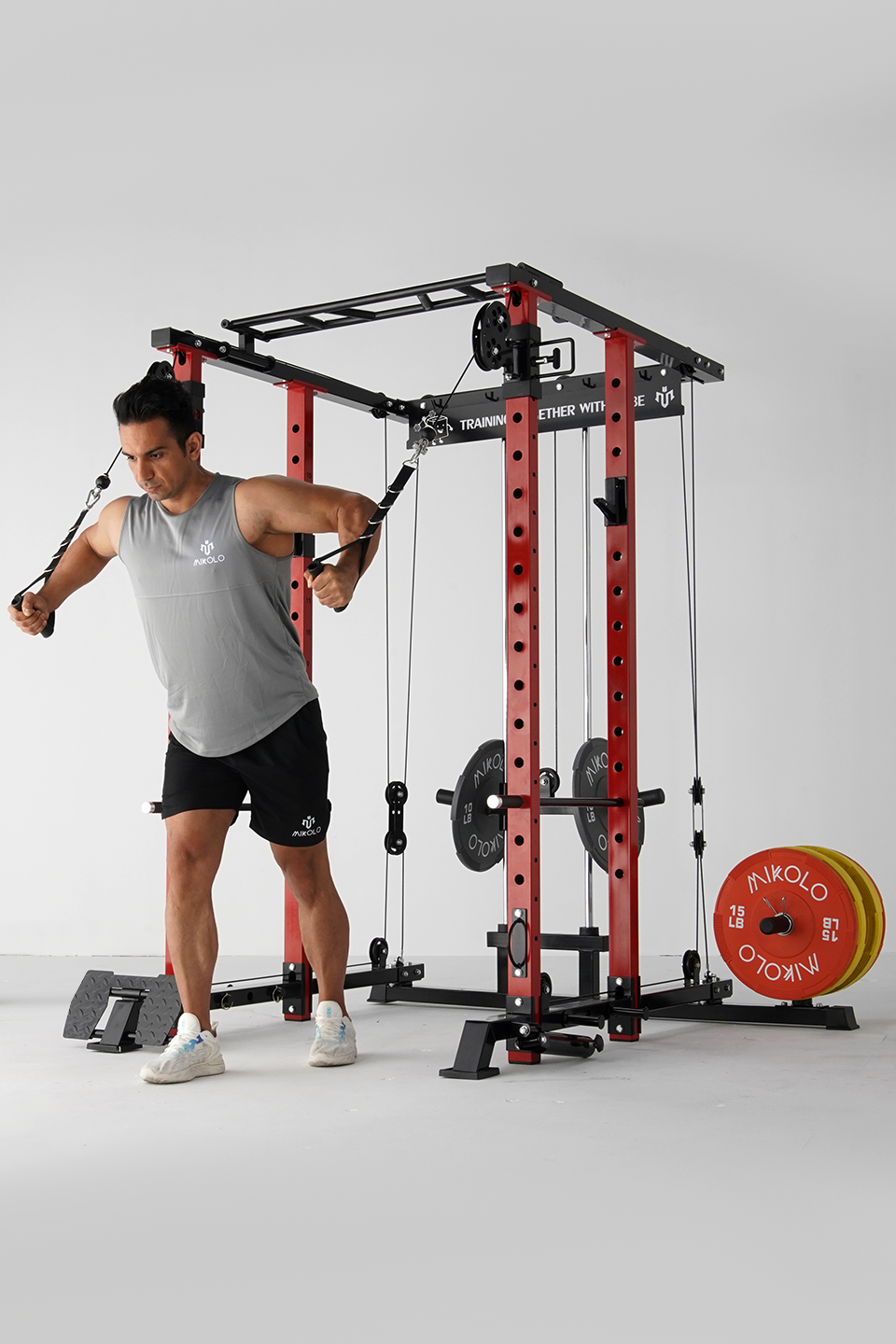
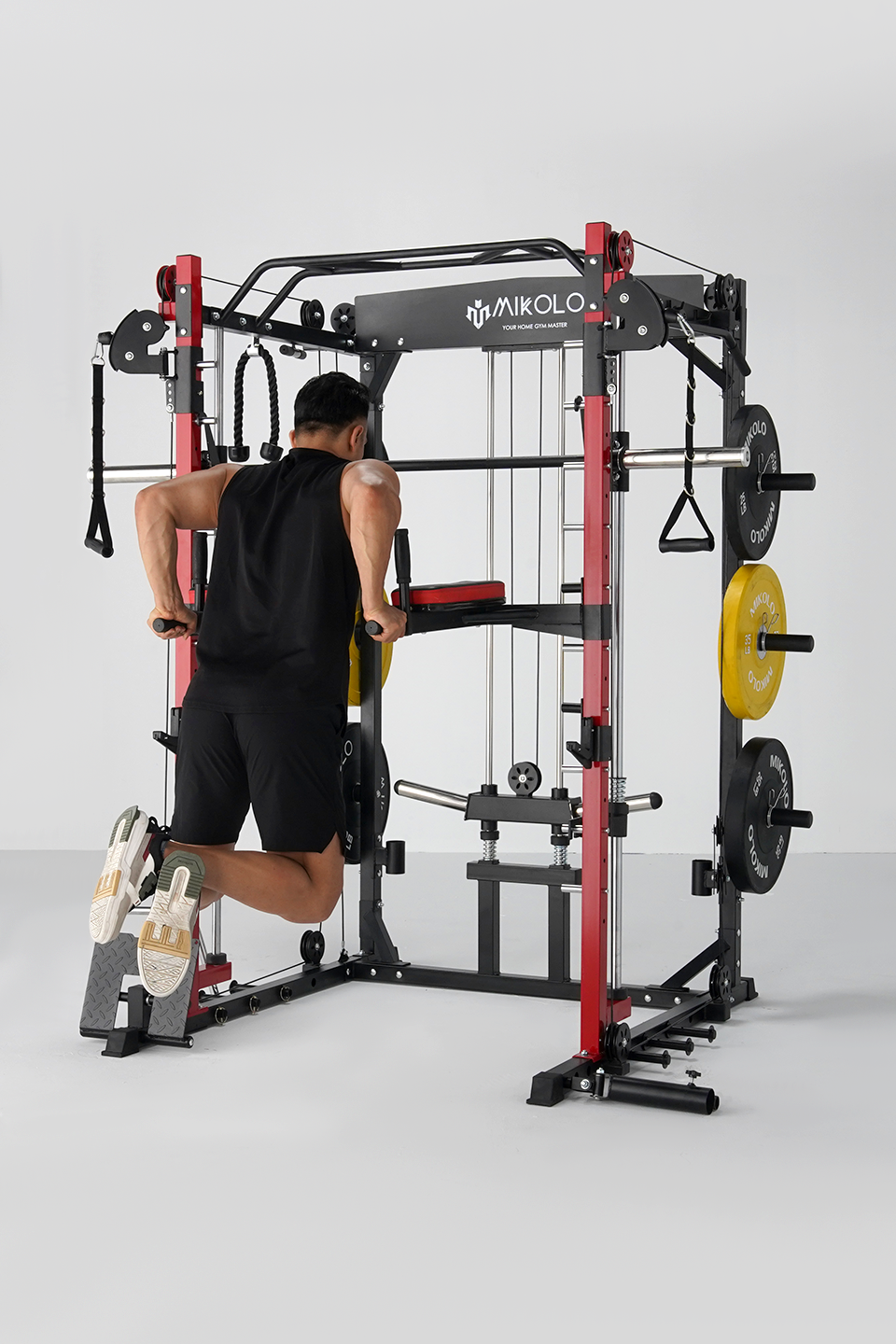


Leave a comment
This site is protected by hCaptcha and the hCaptcha Privacy Policy and Terms of Service apply.